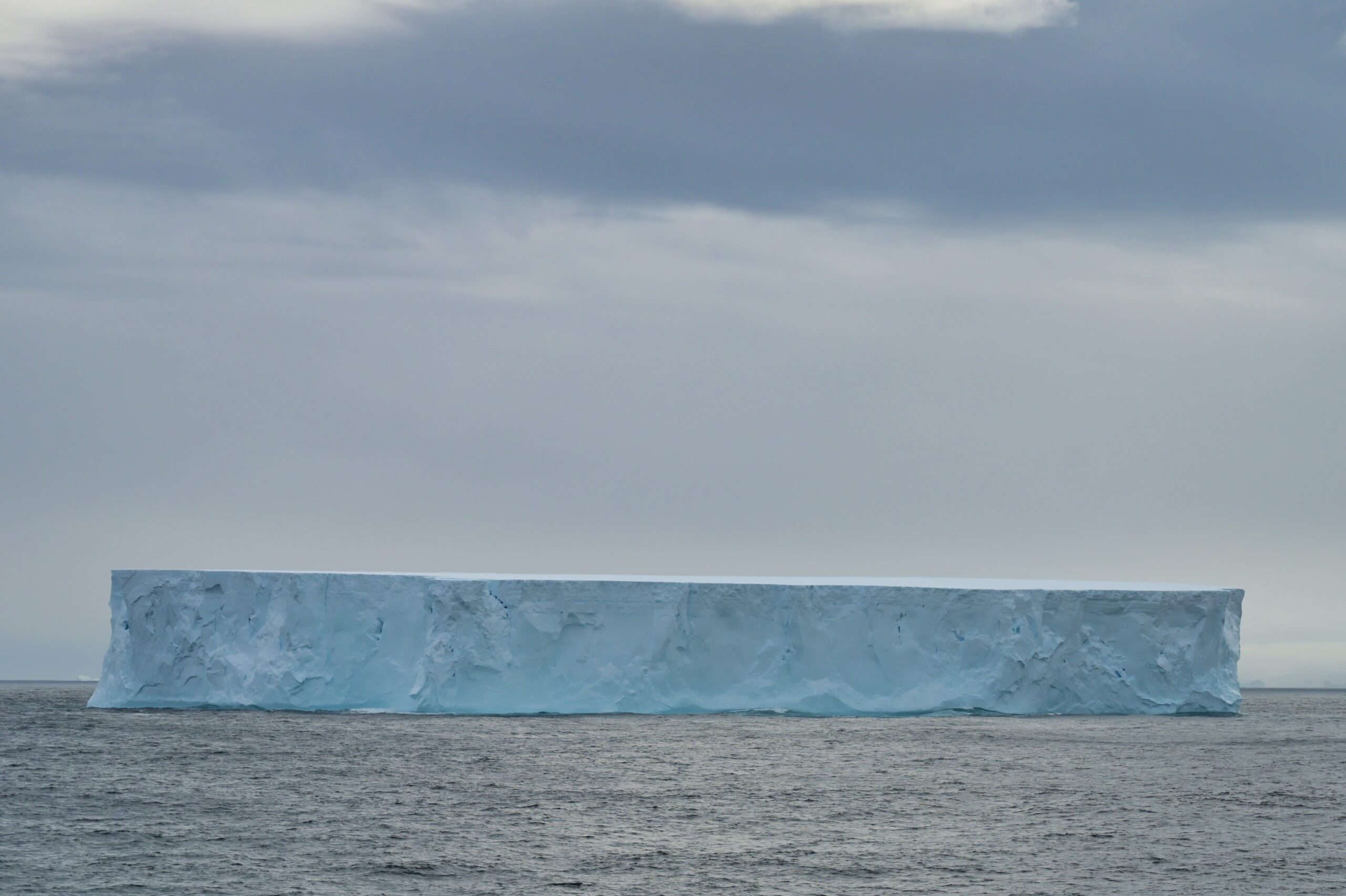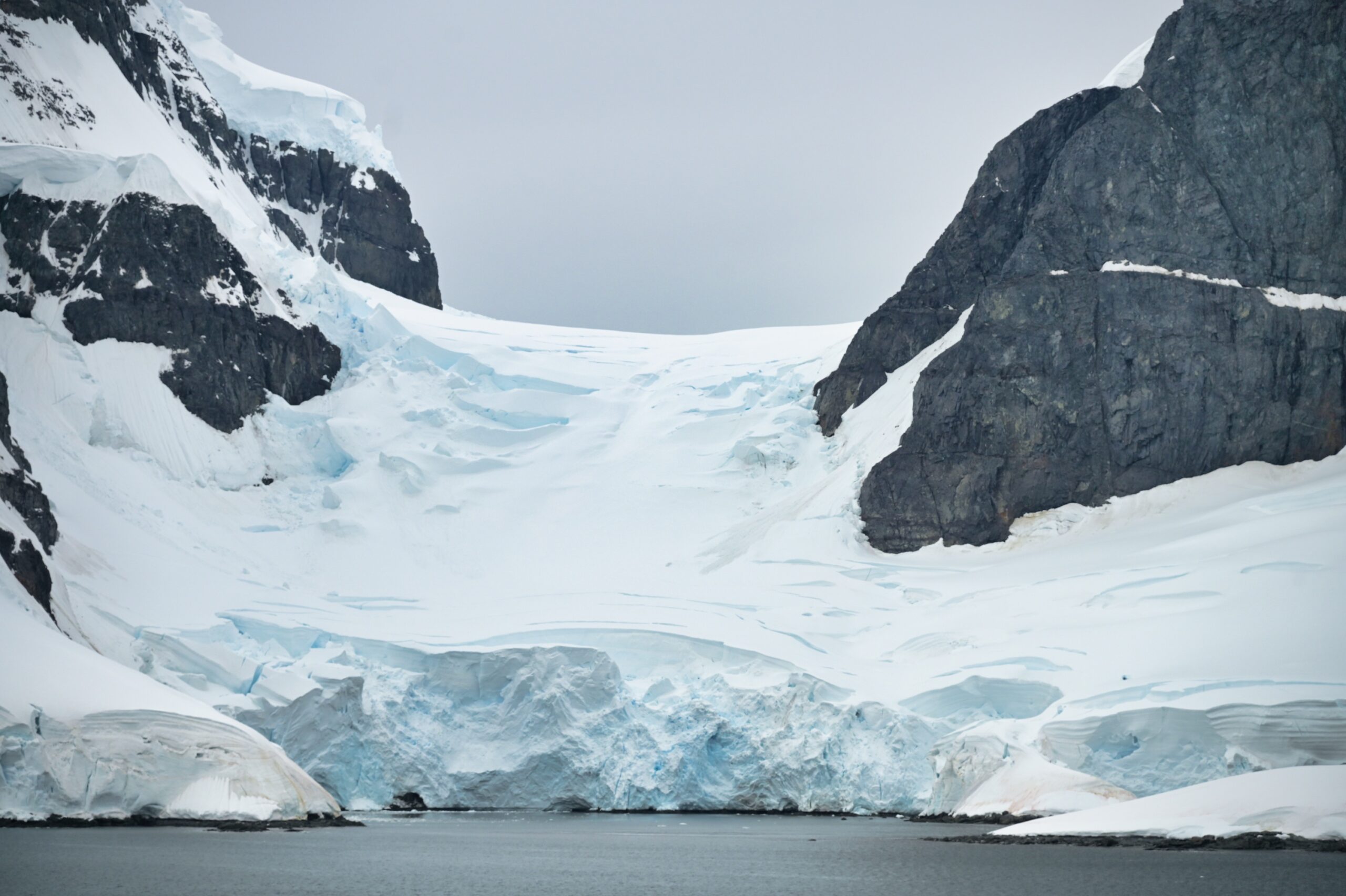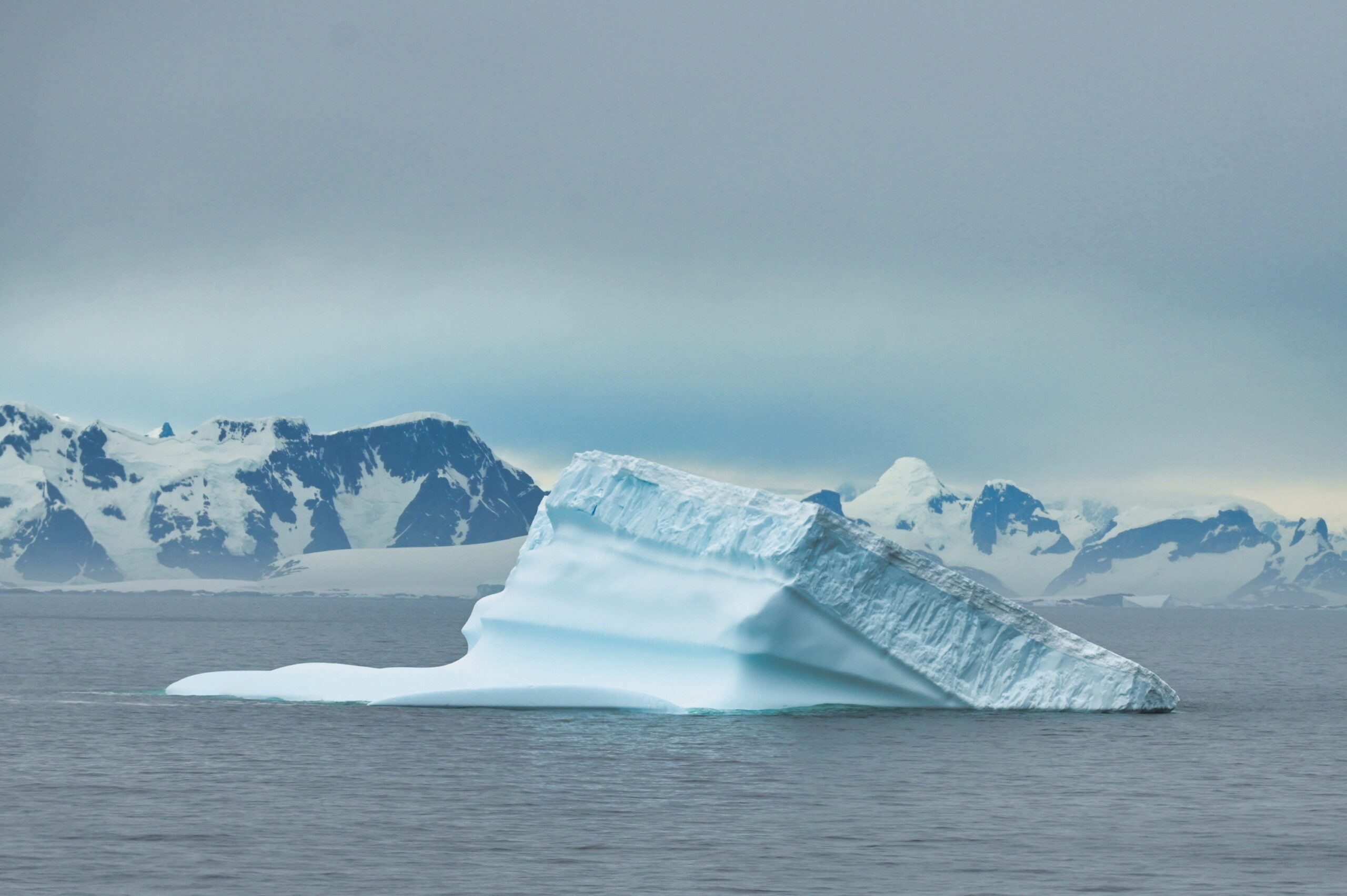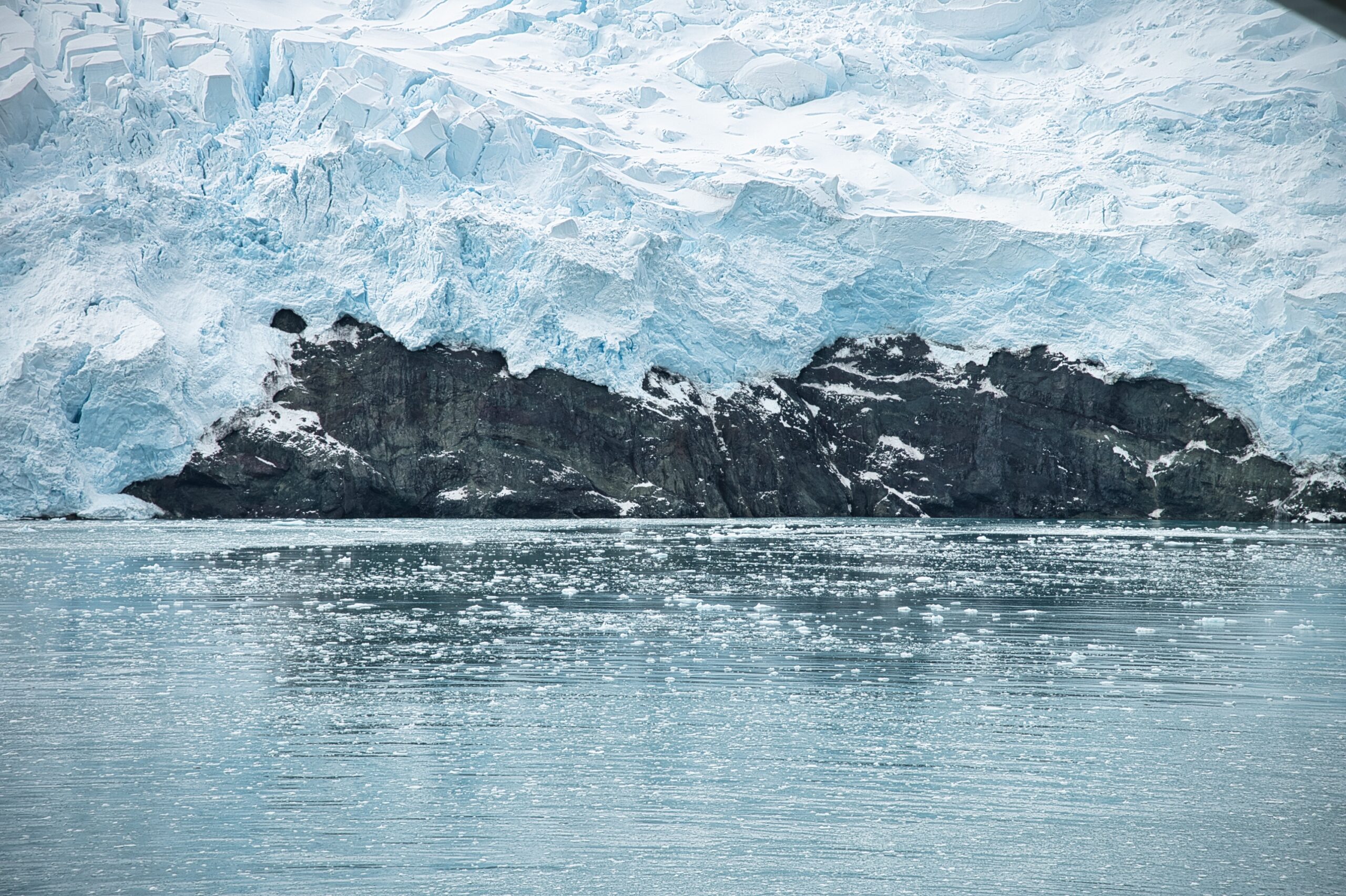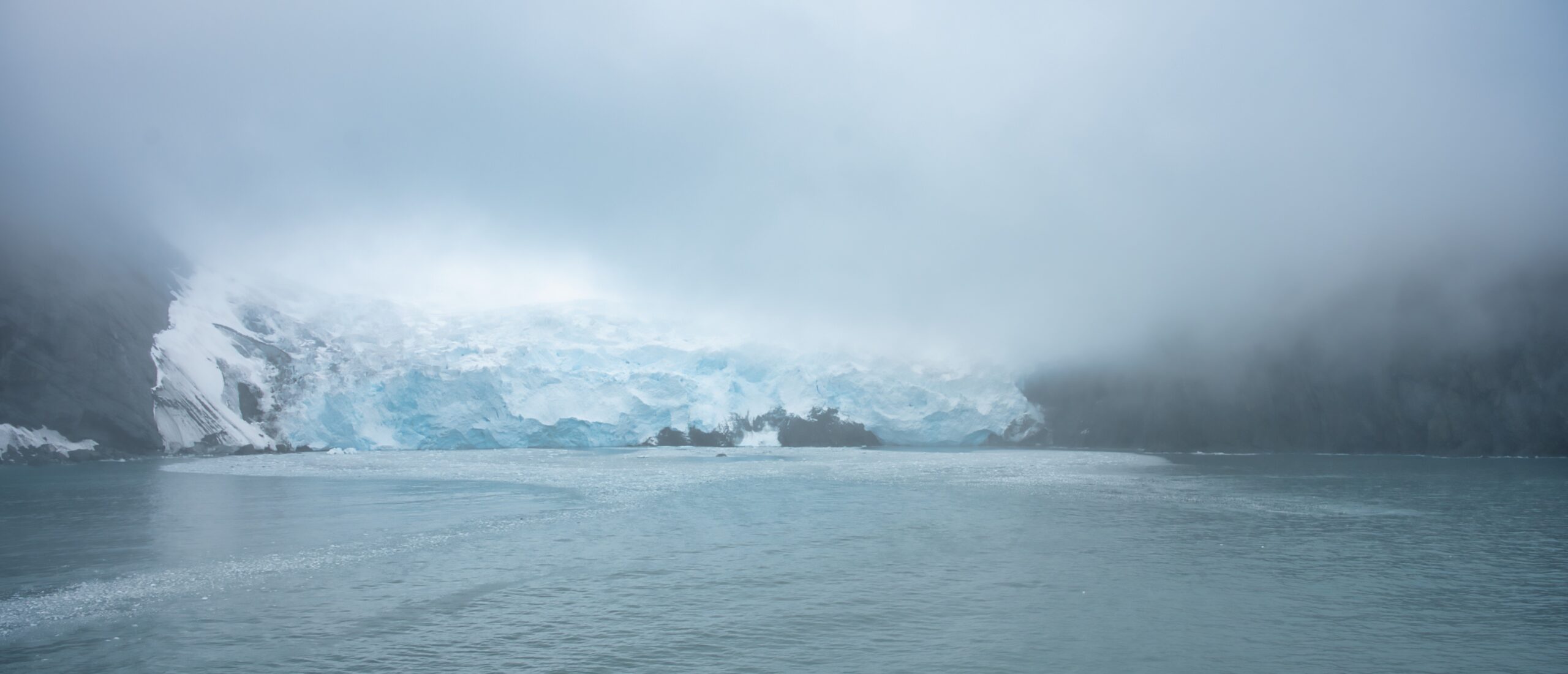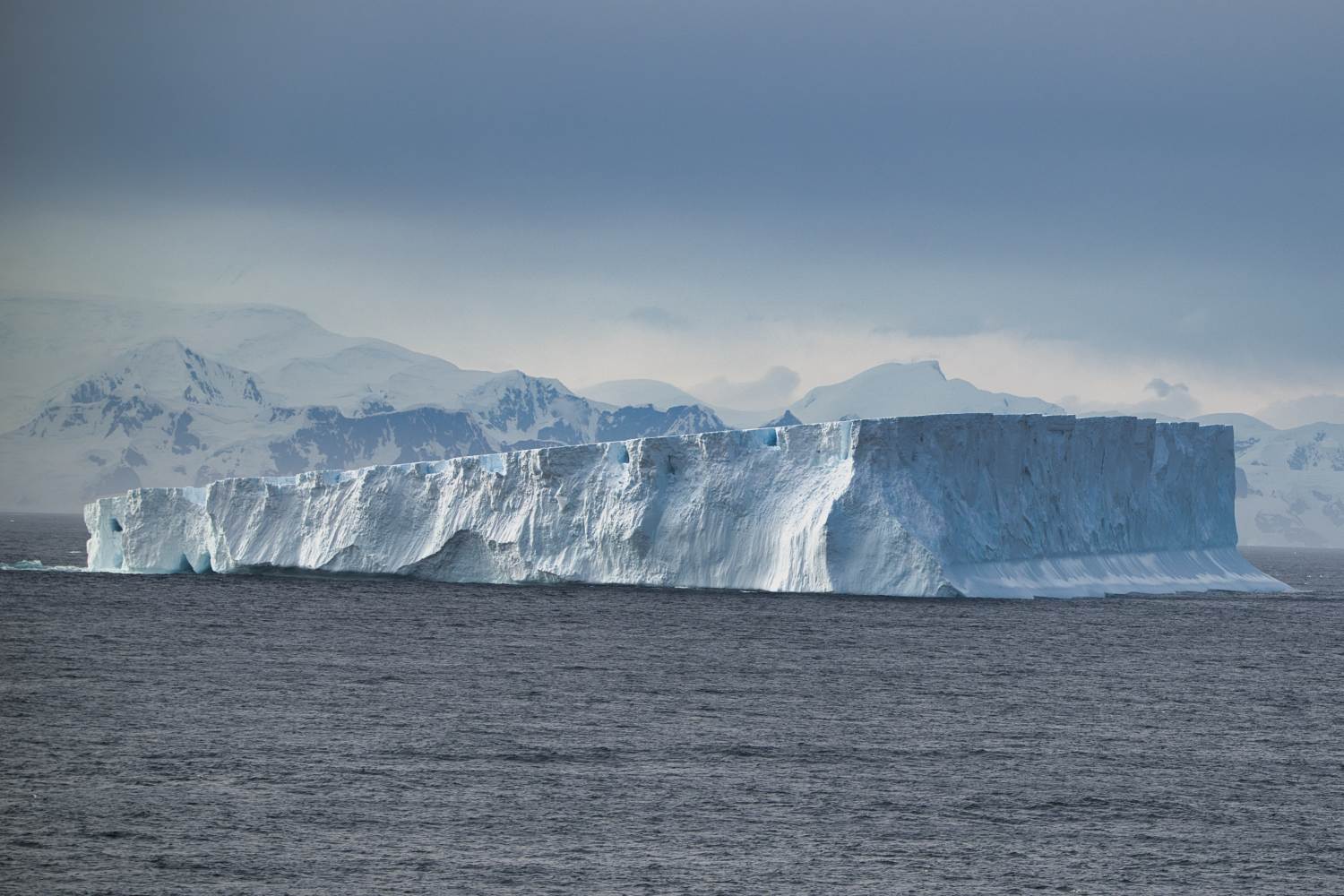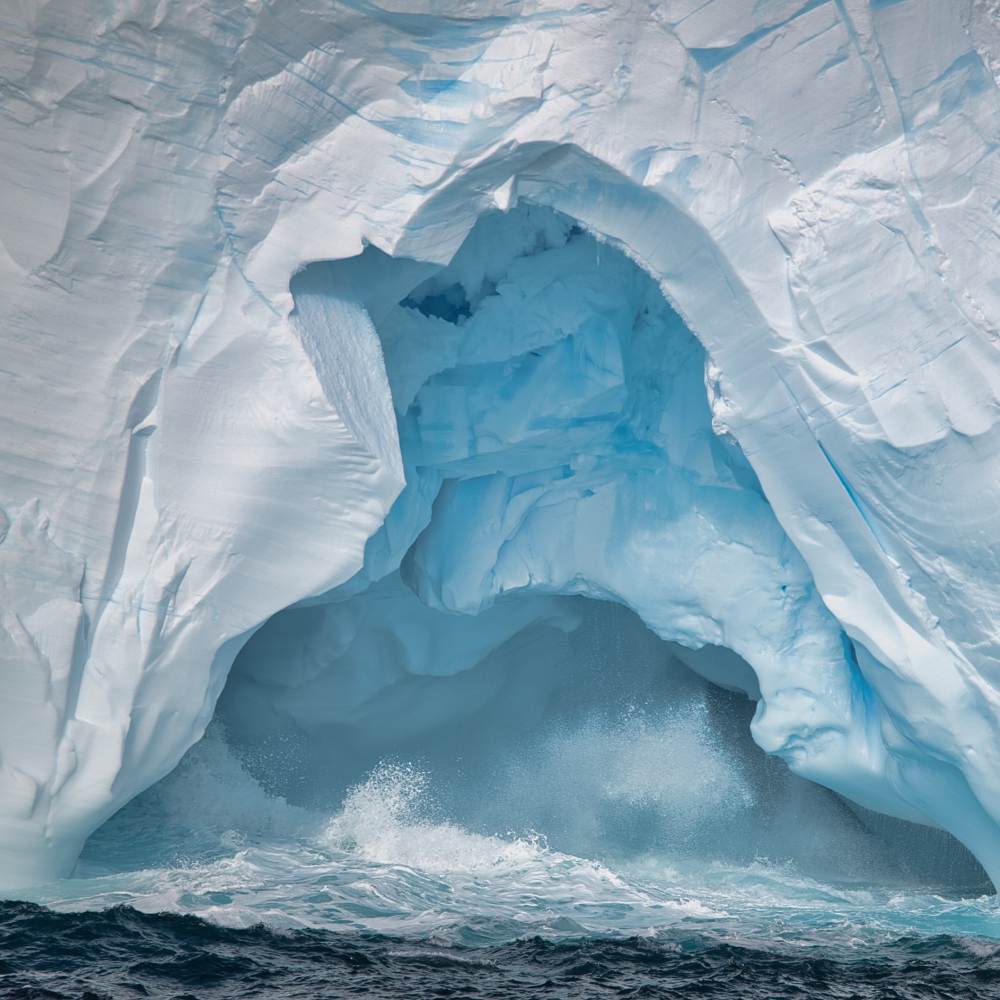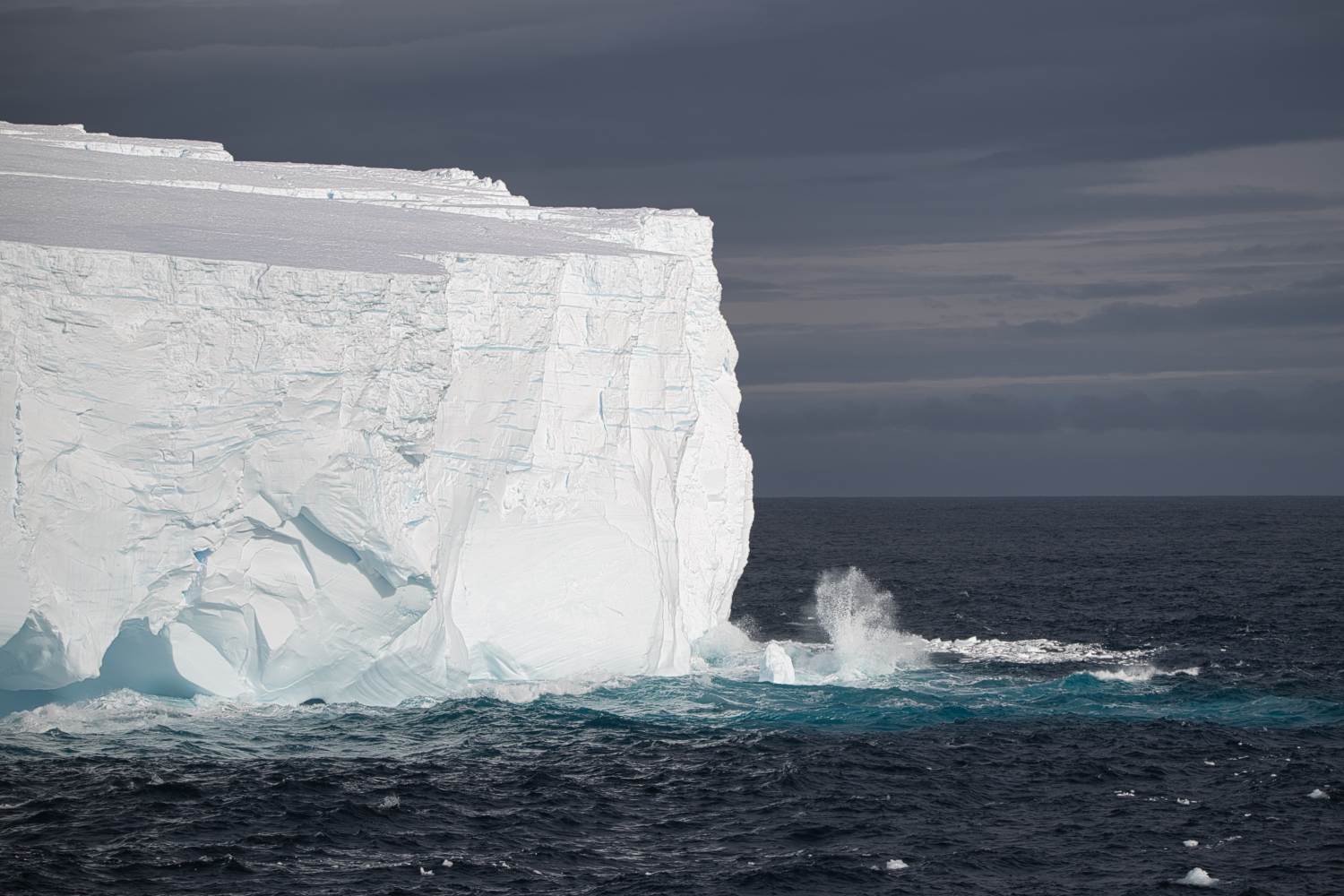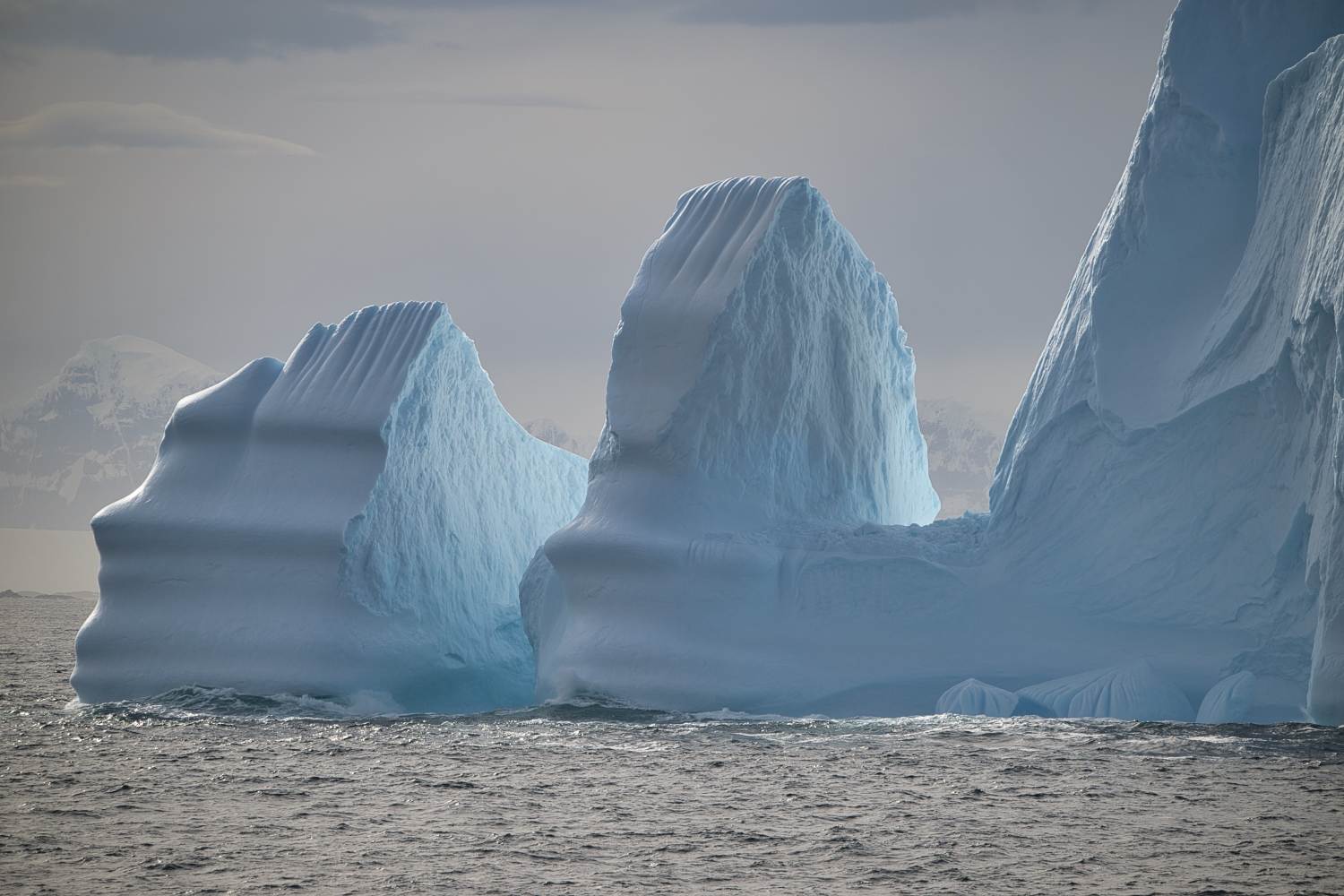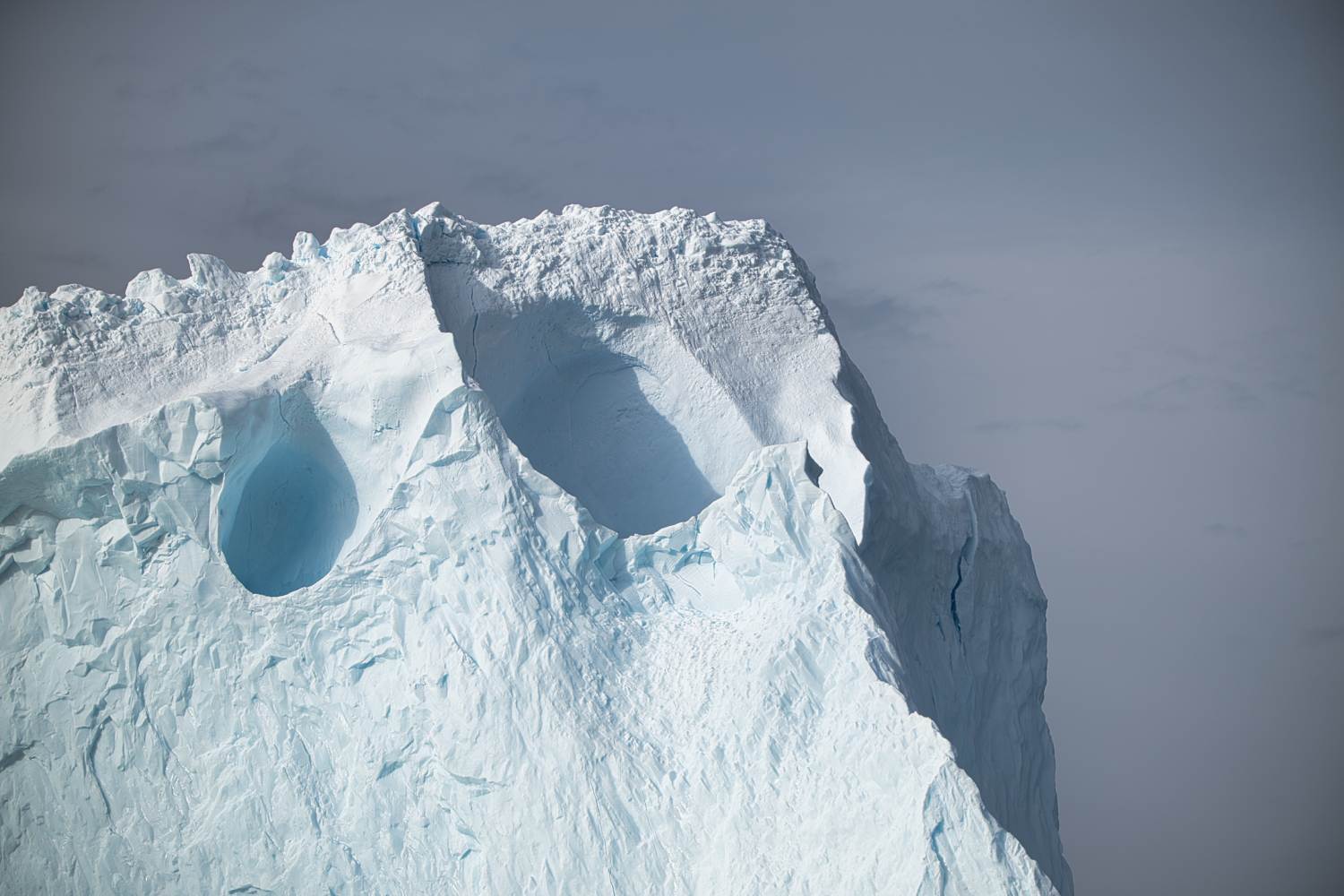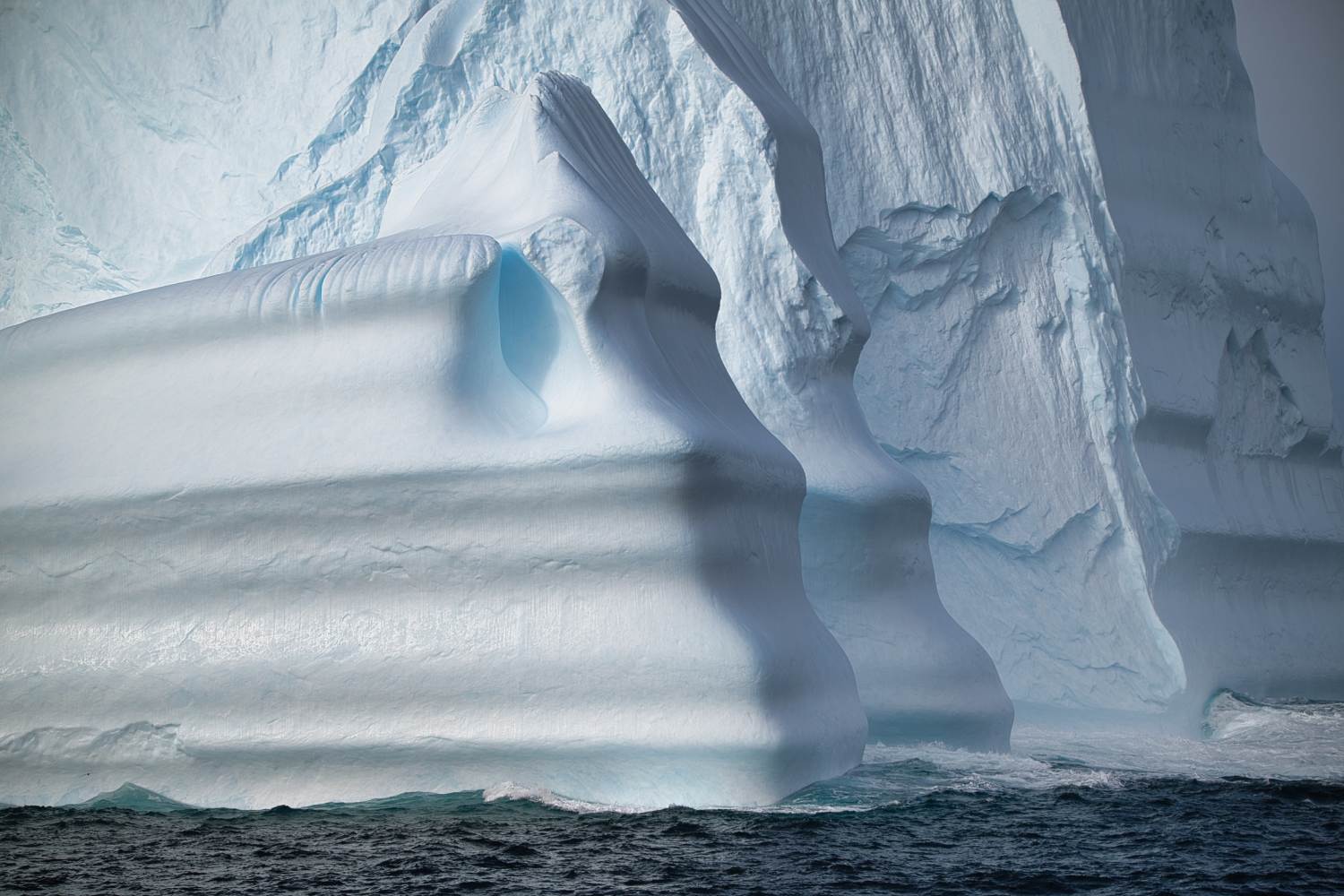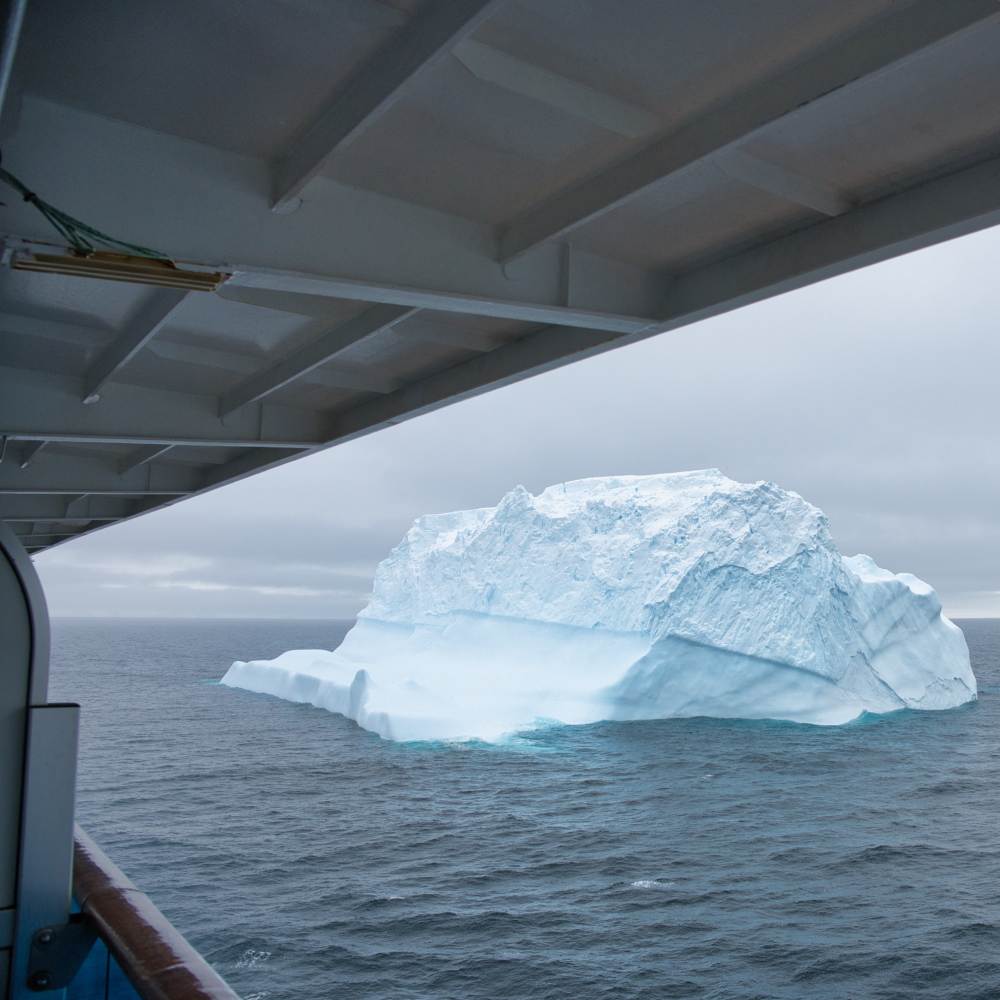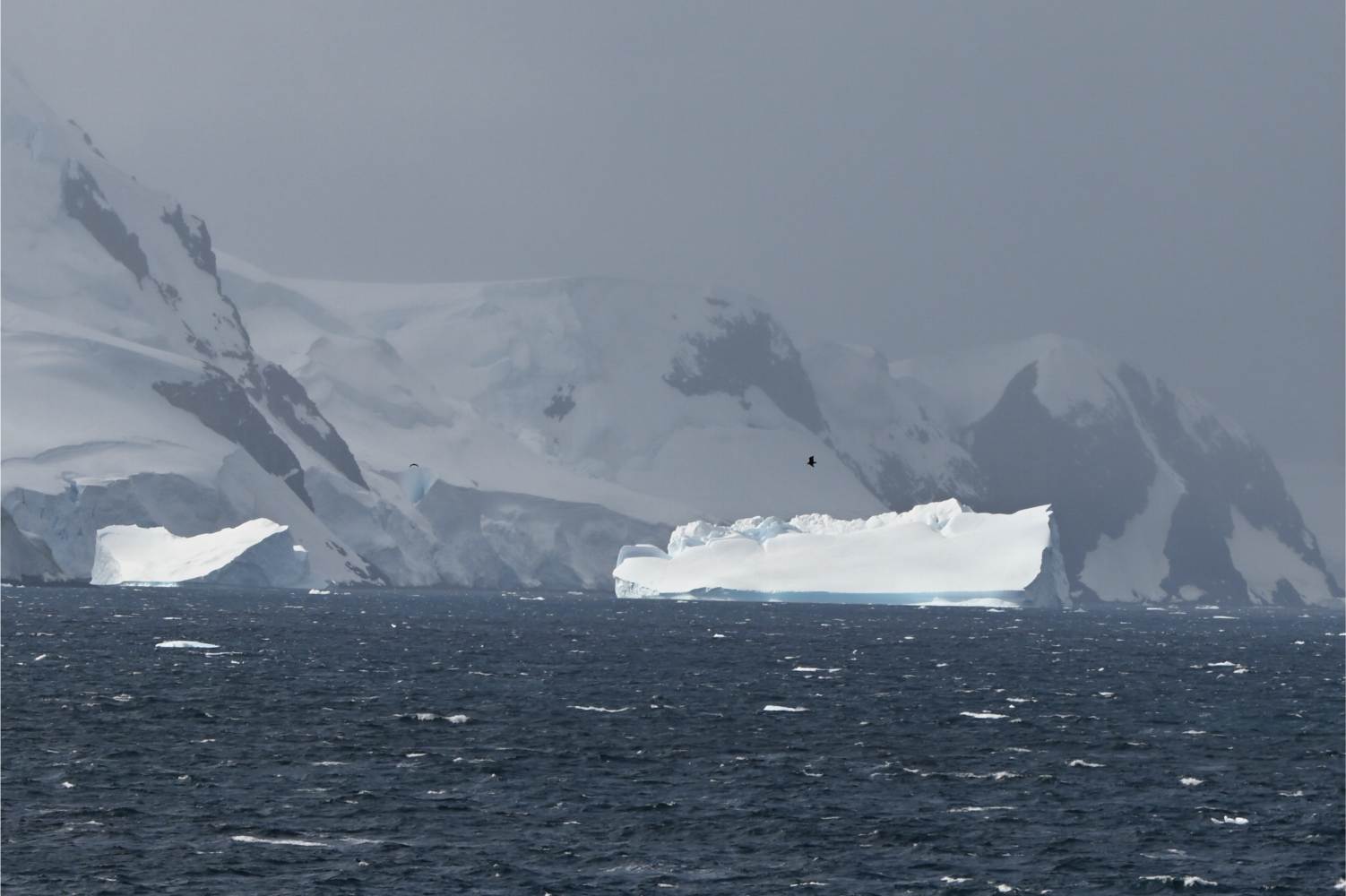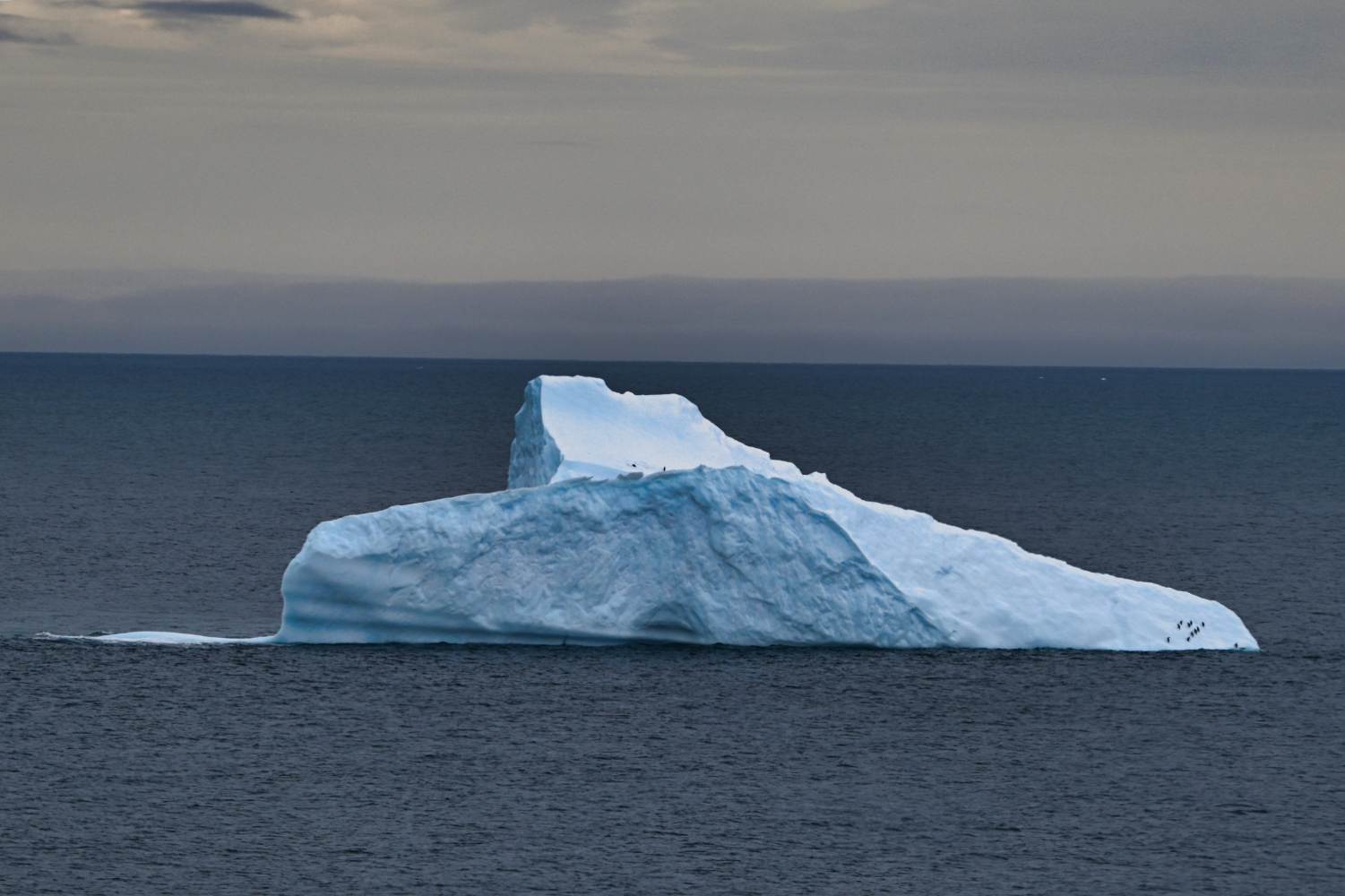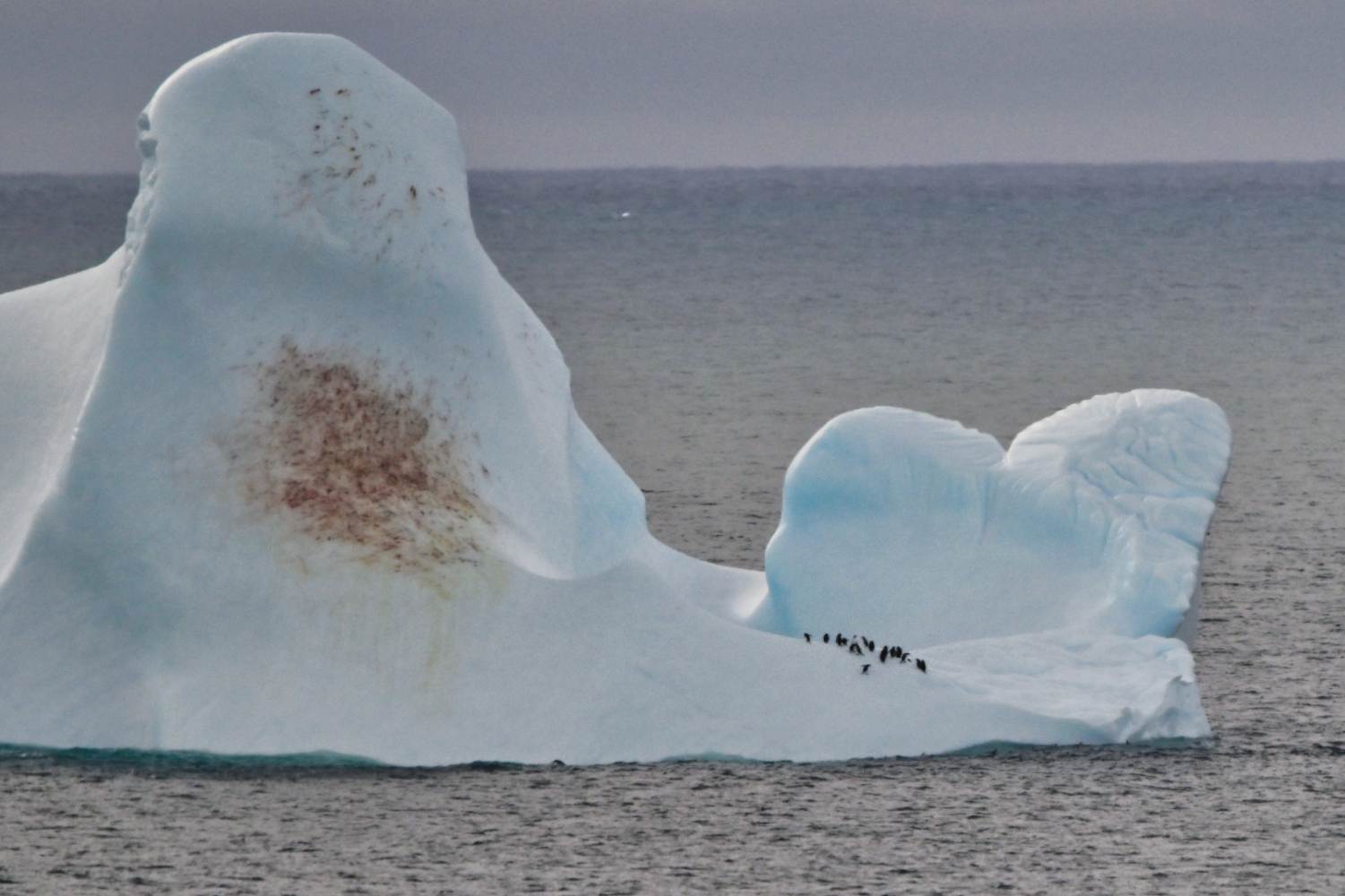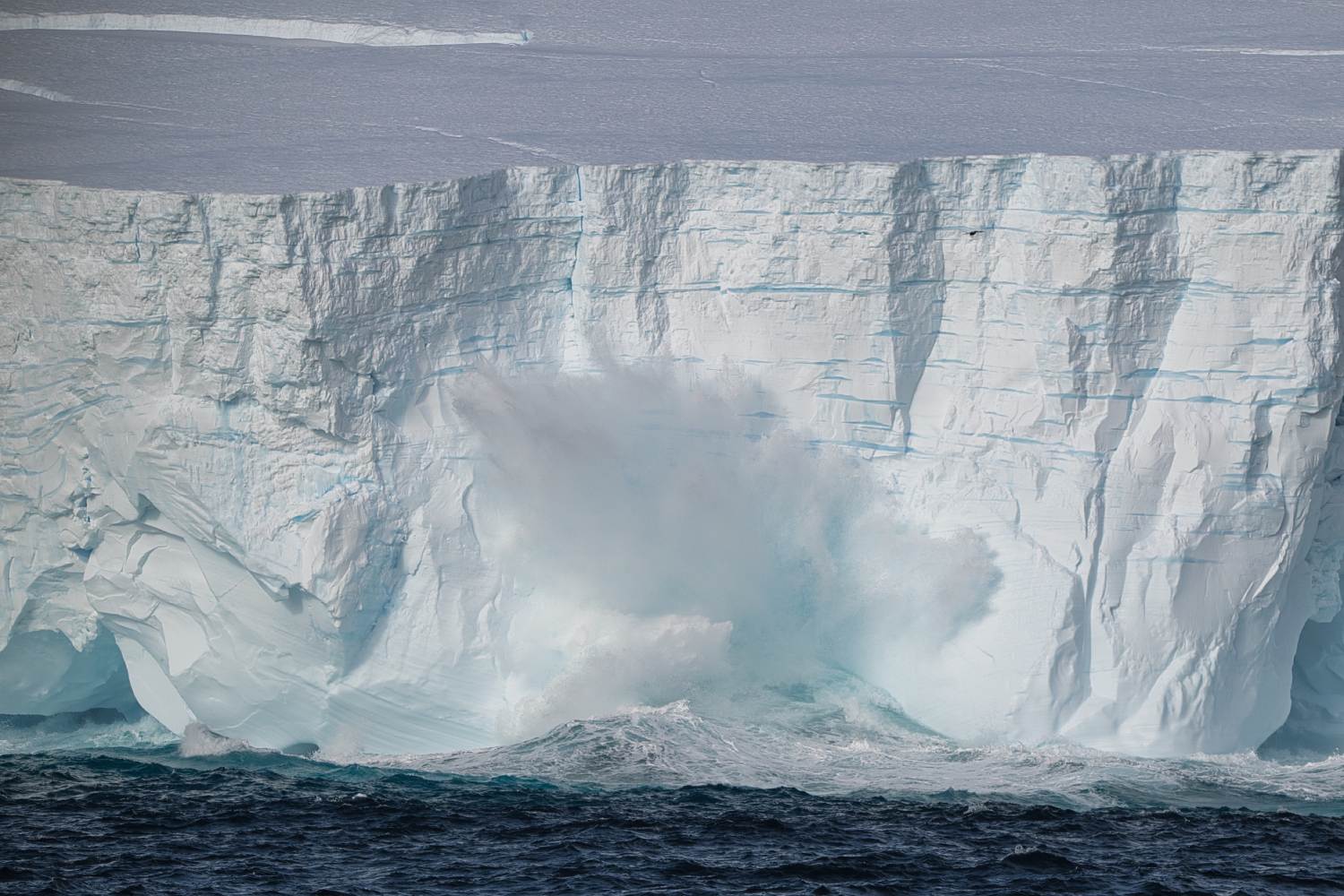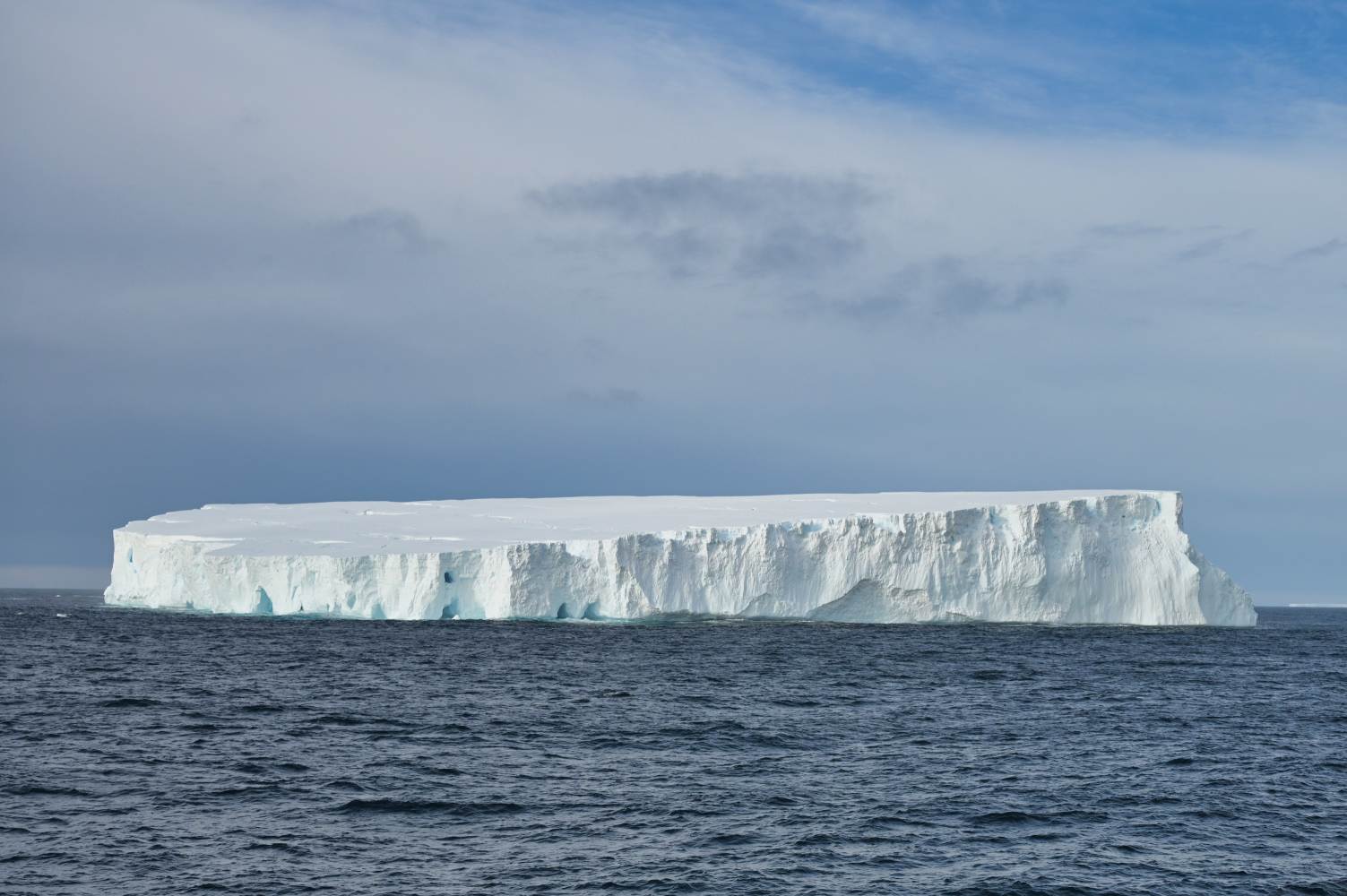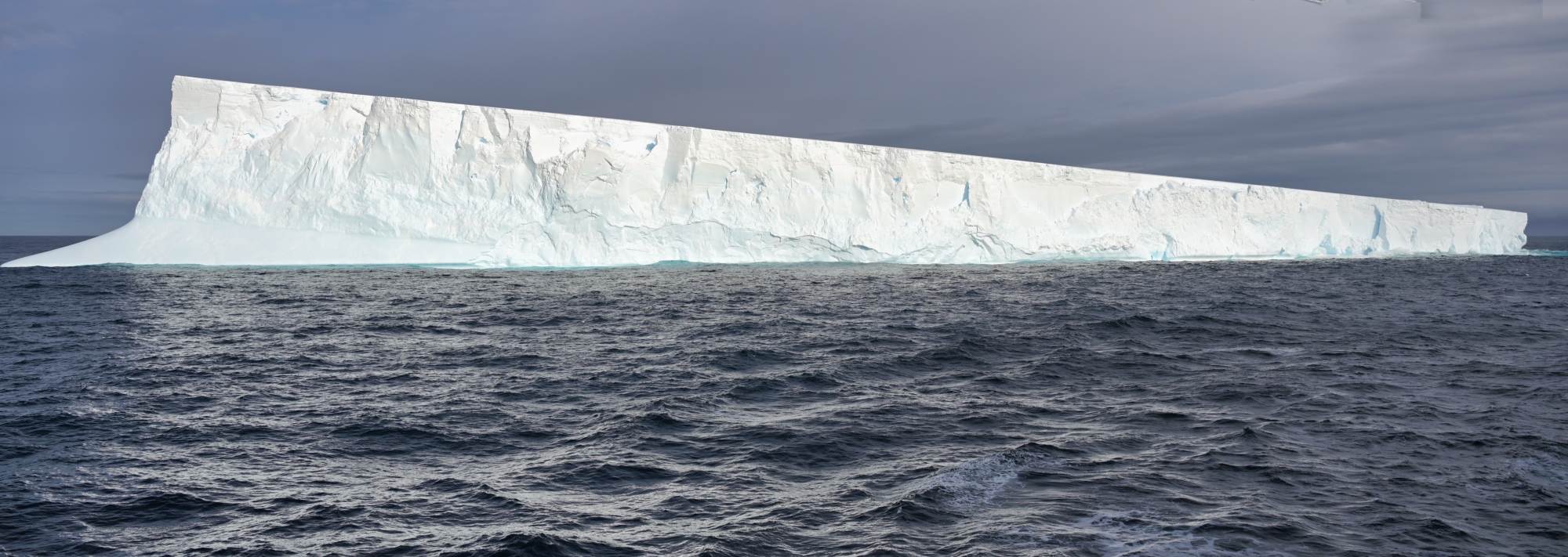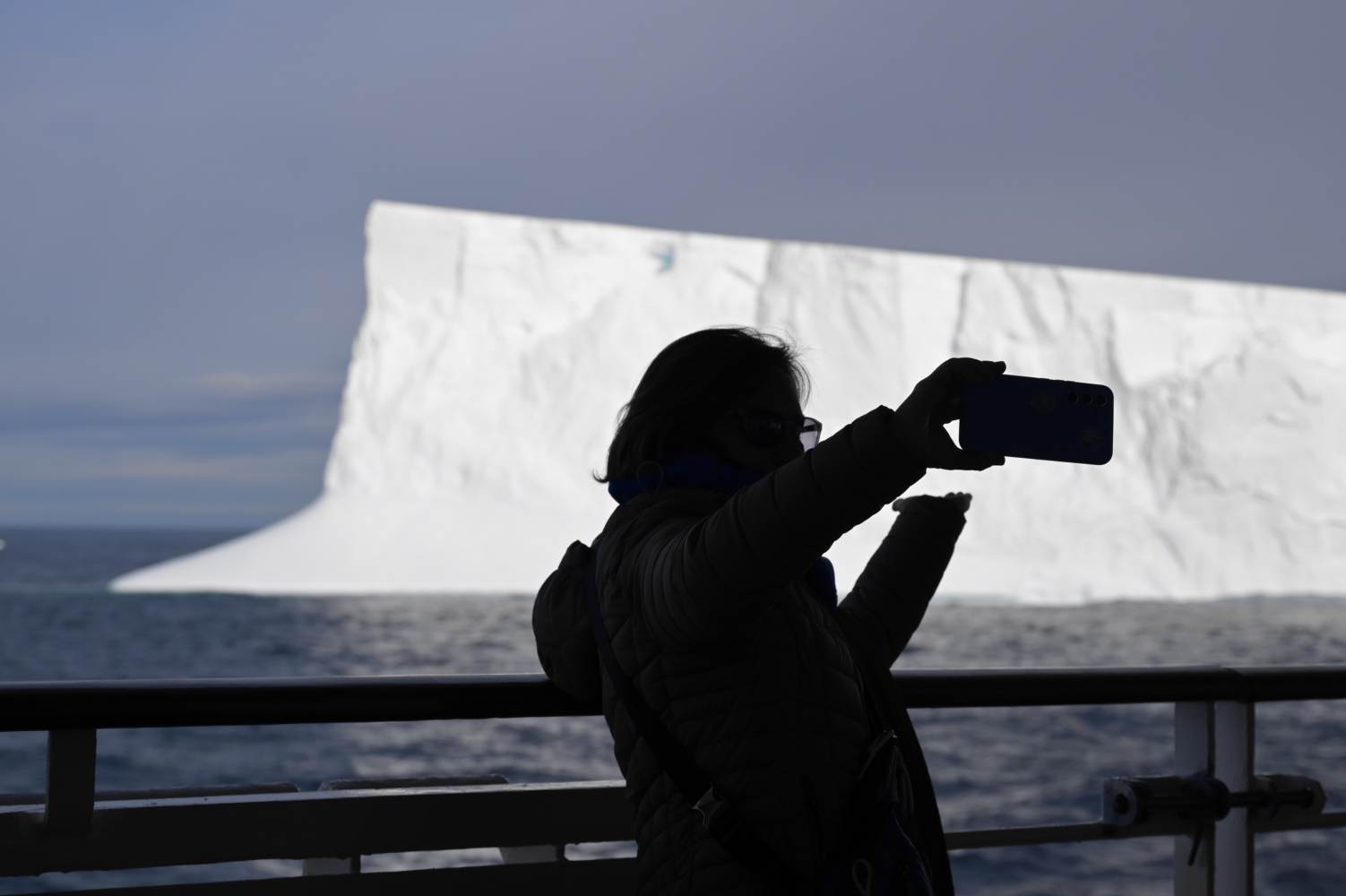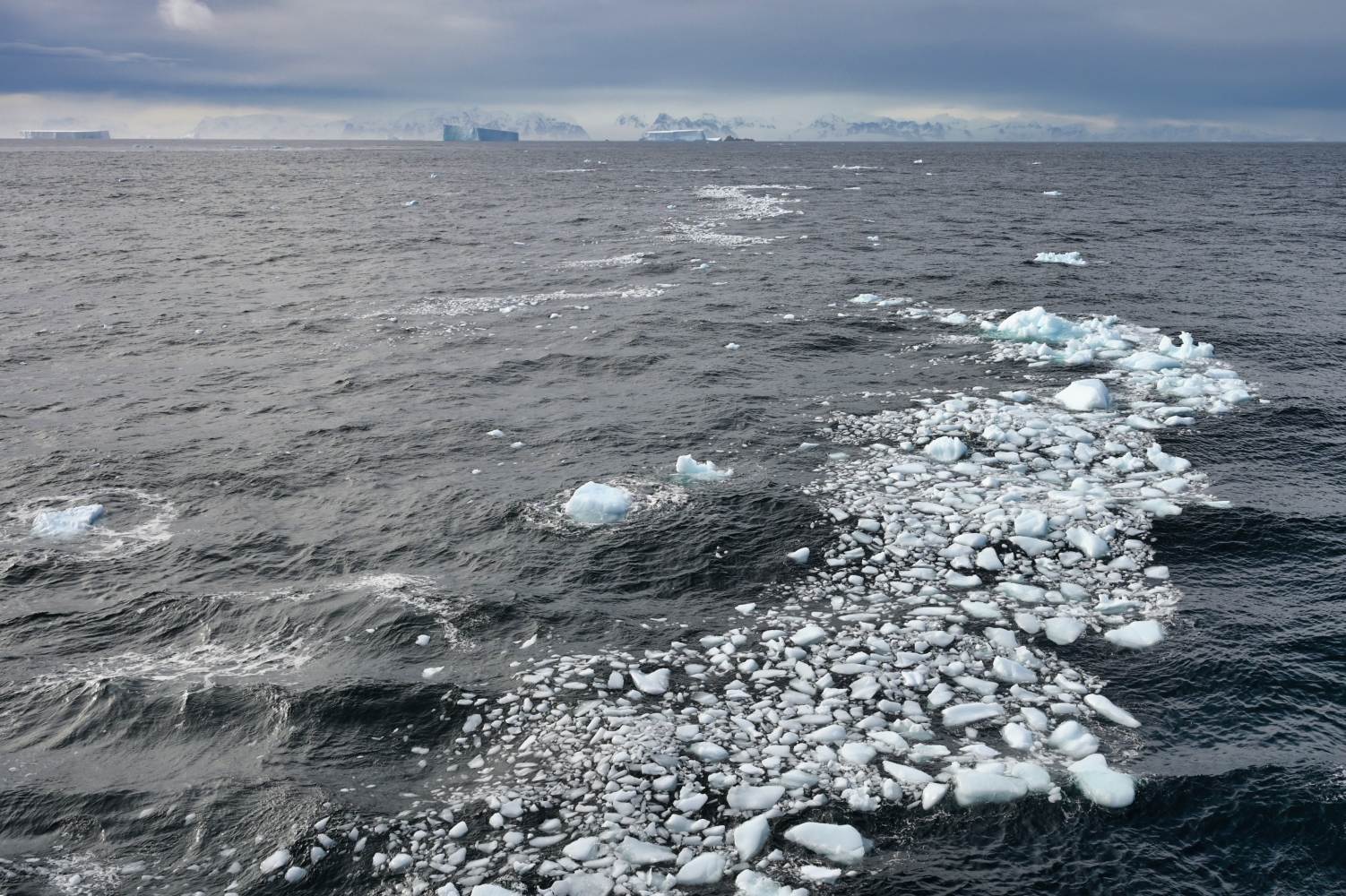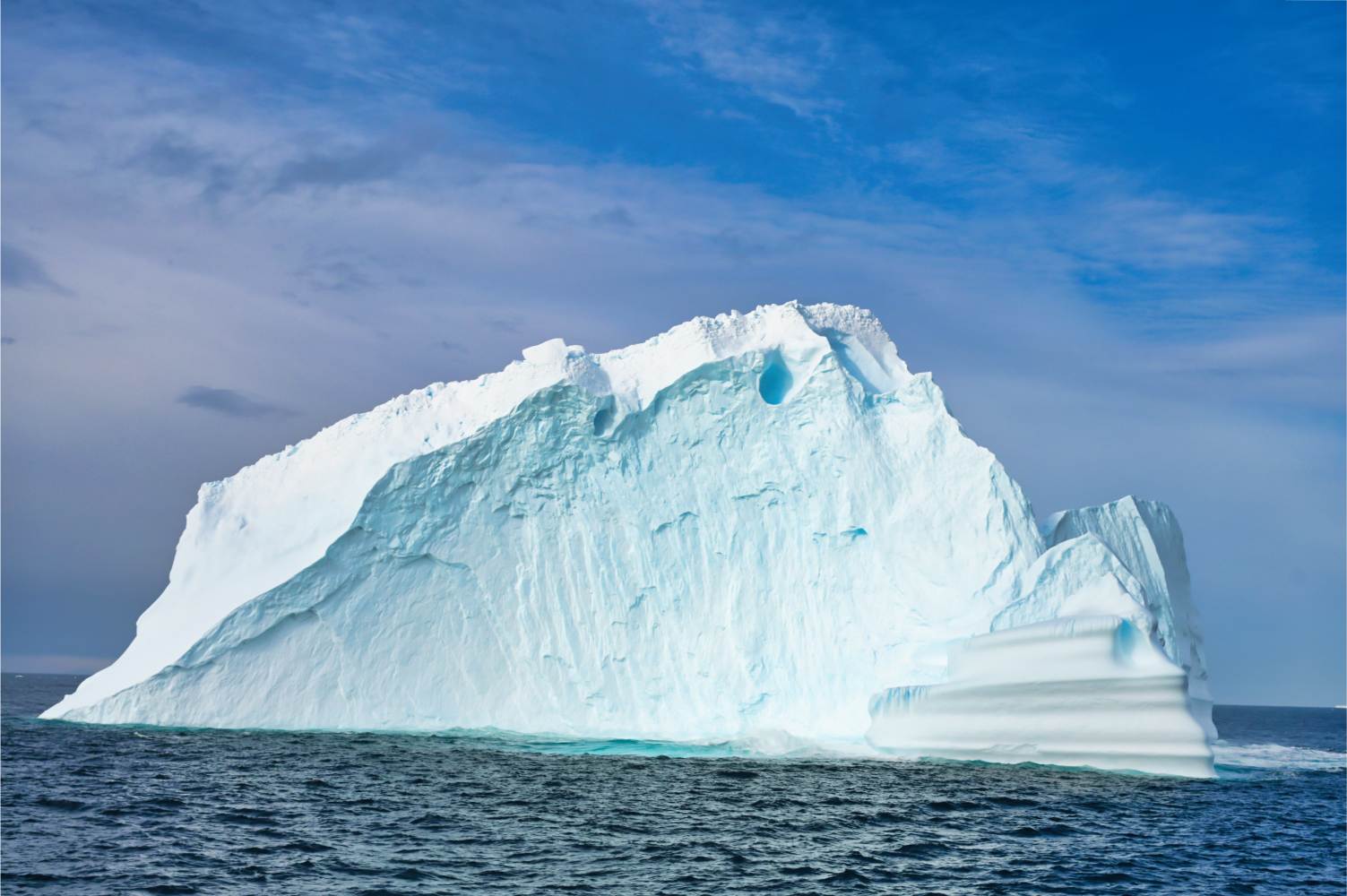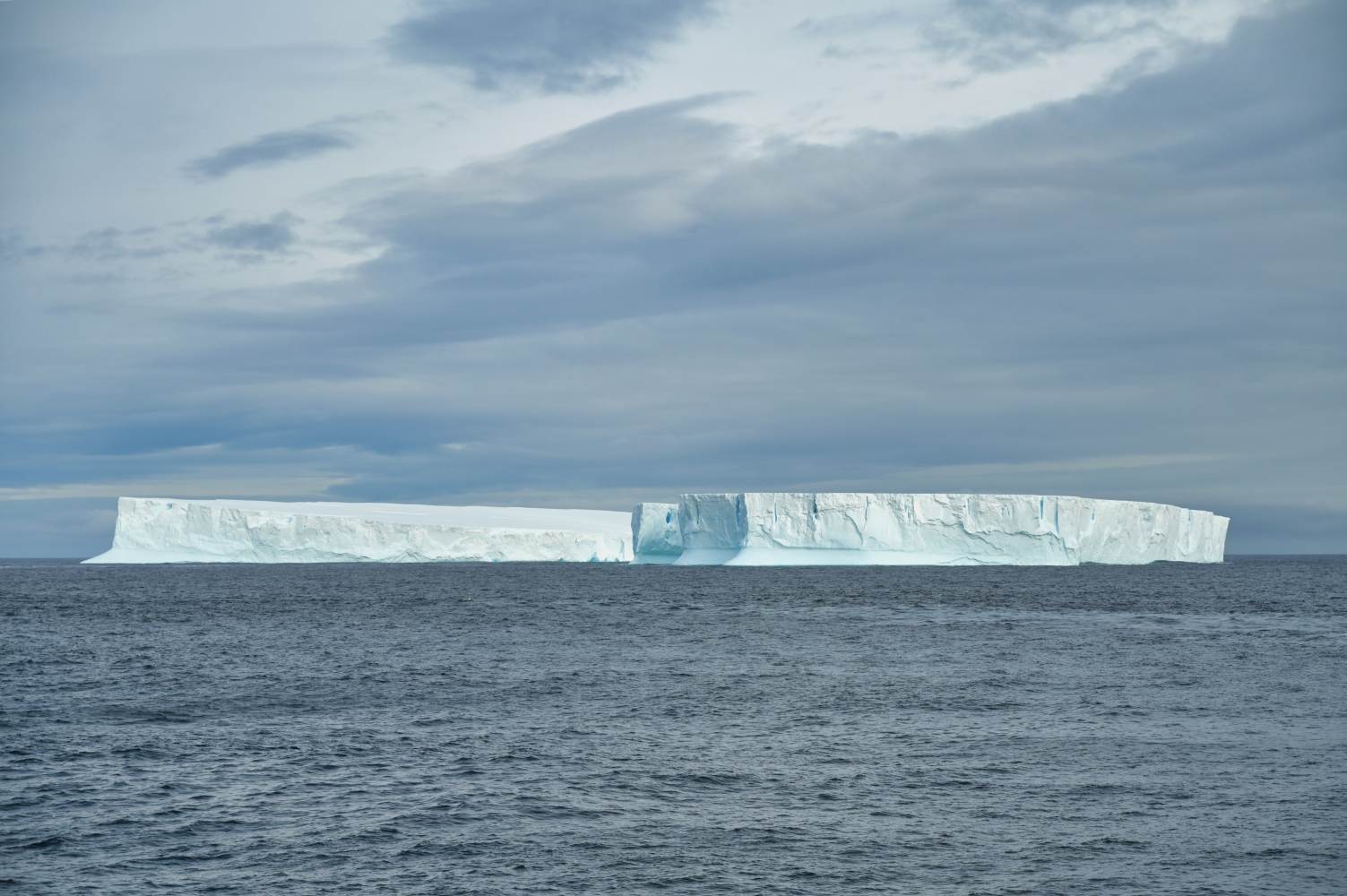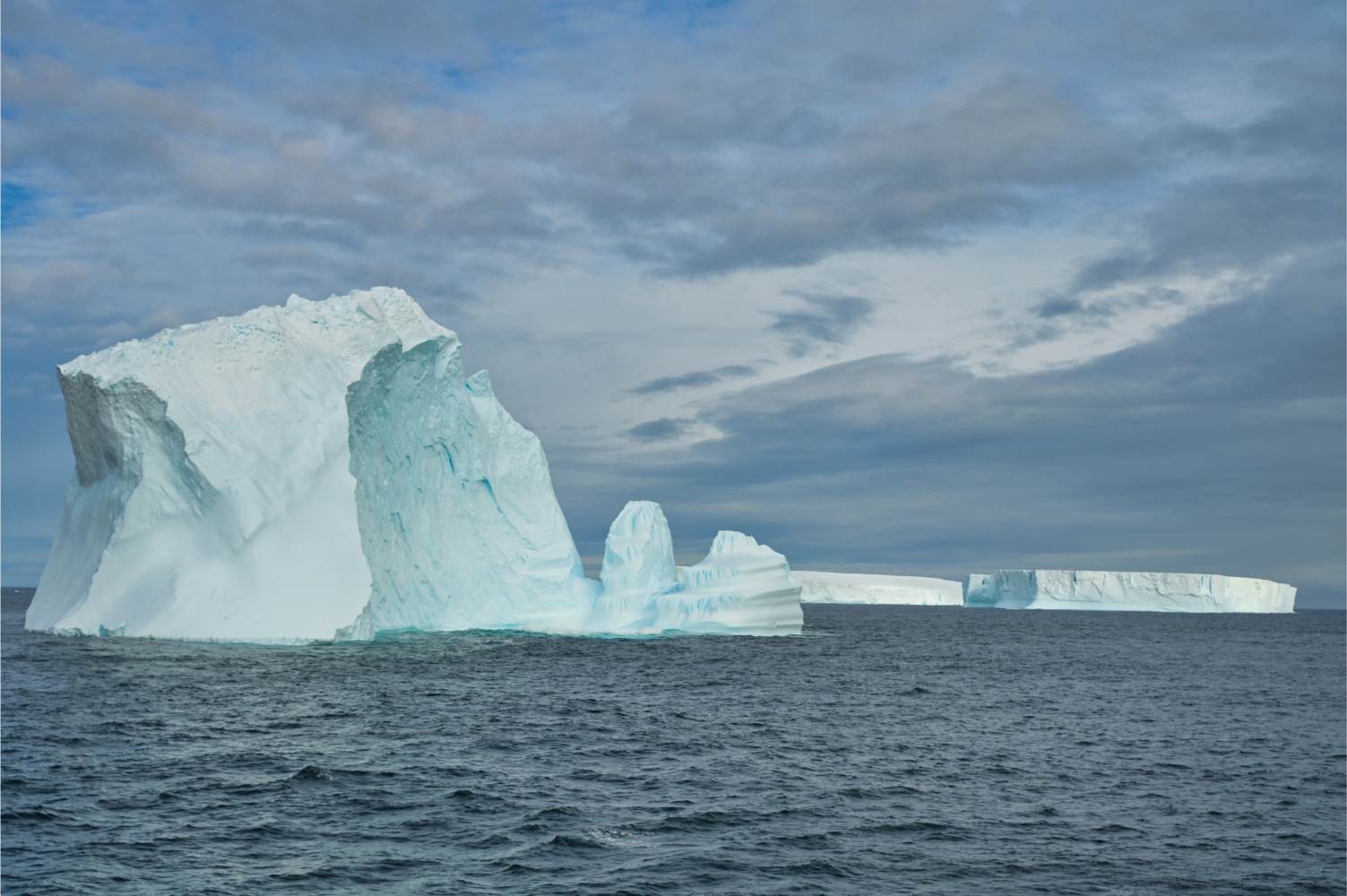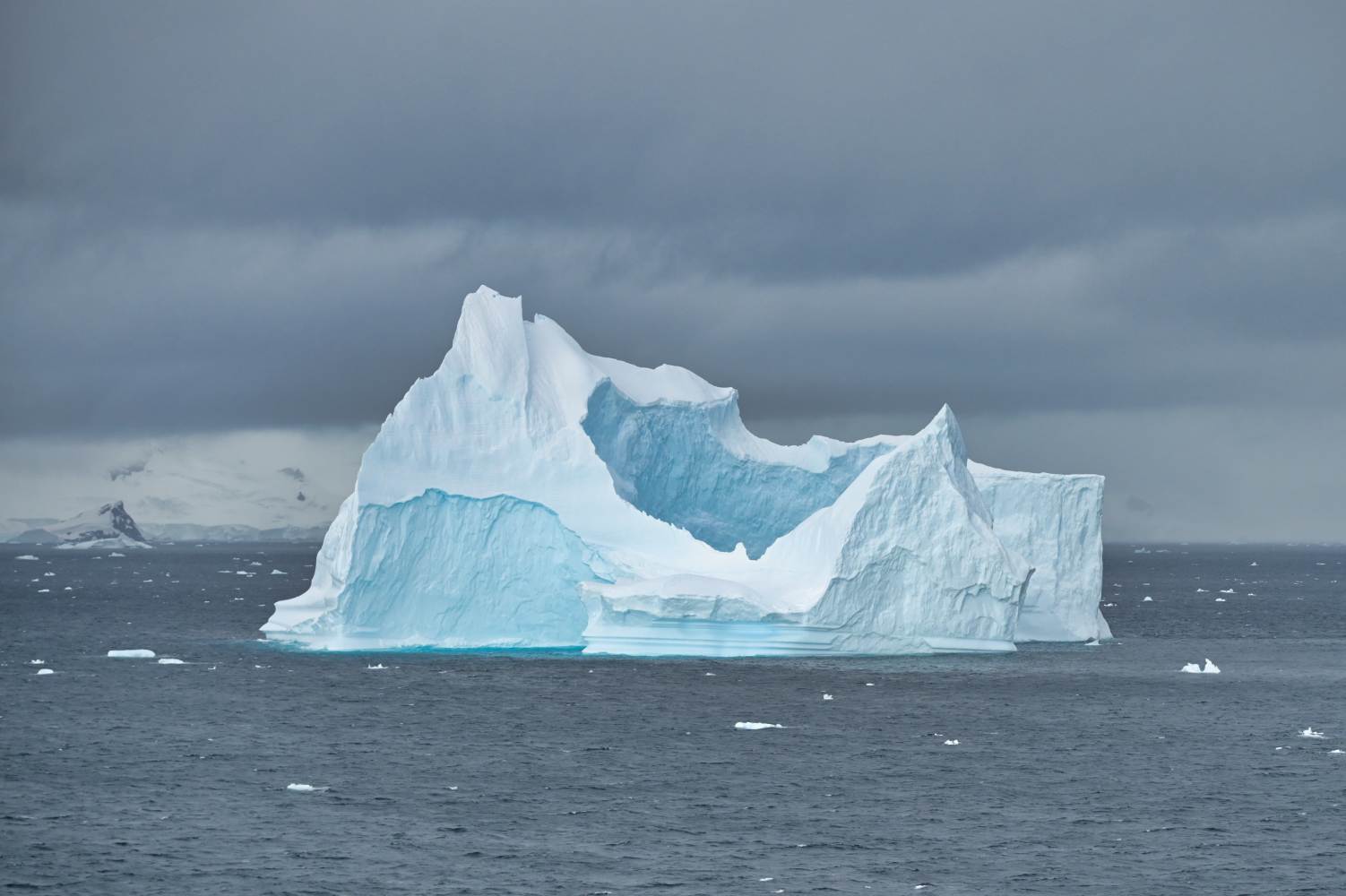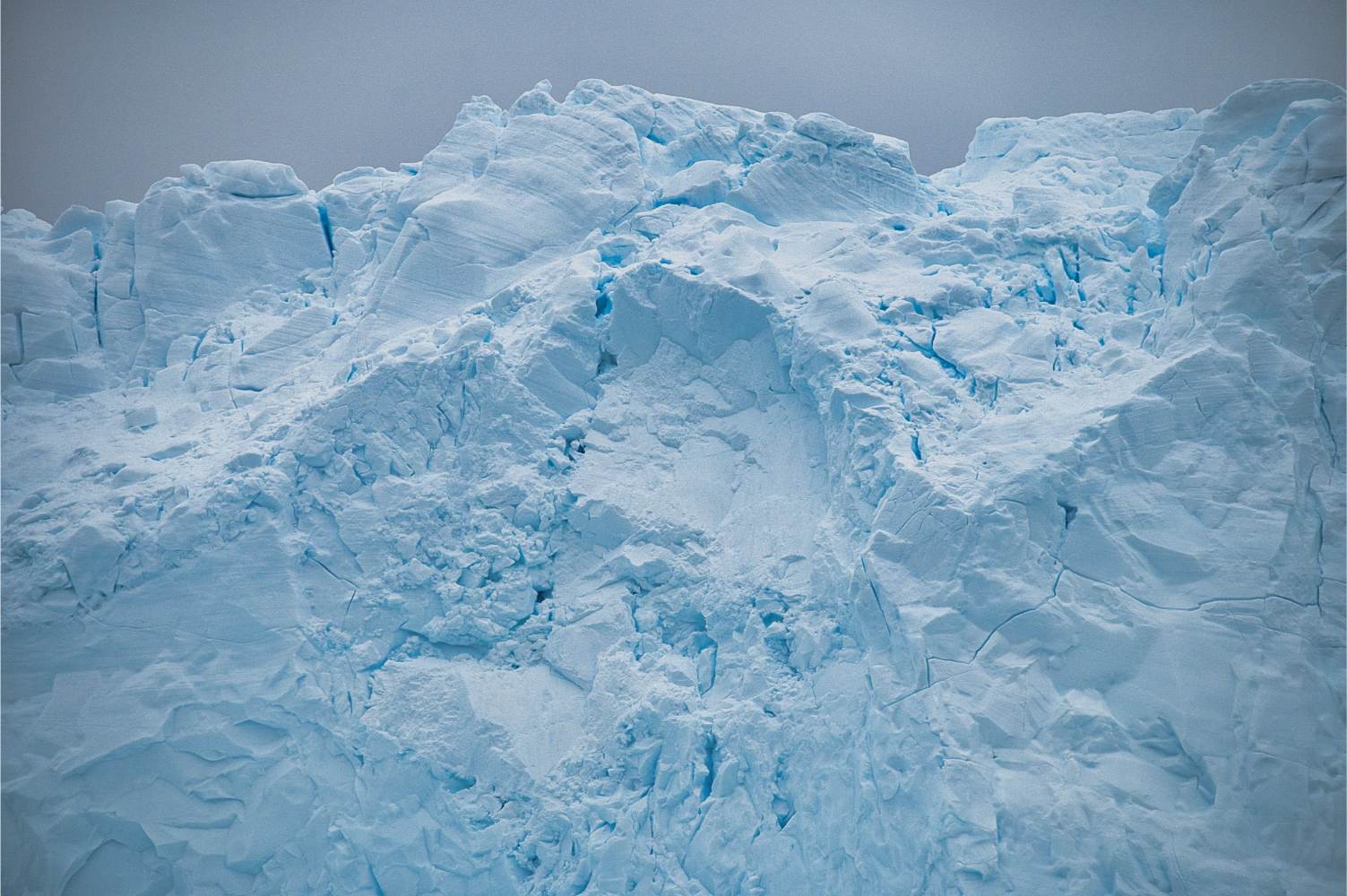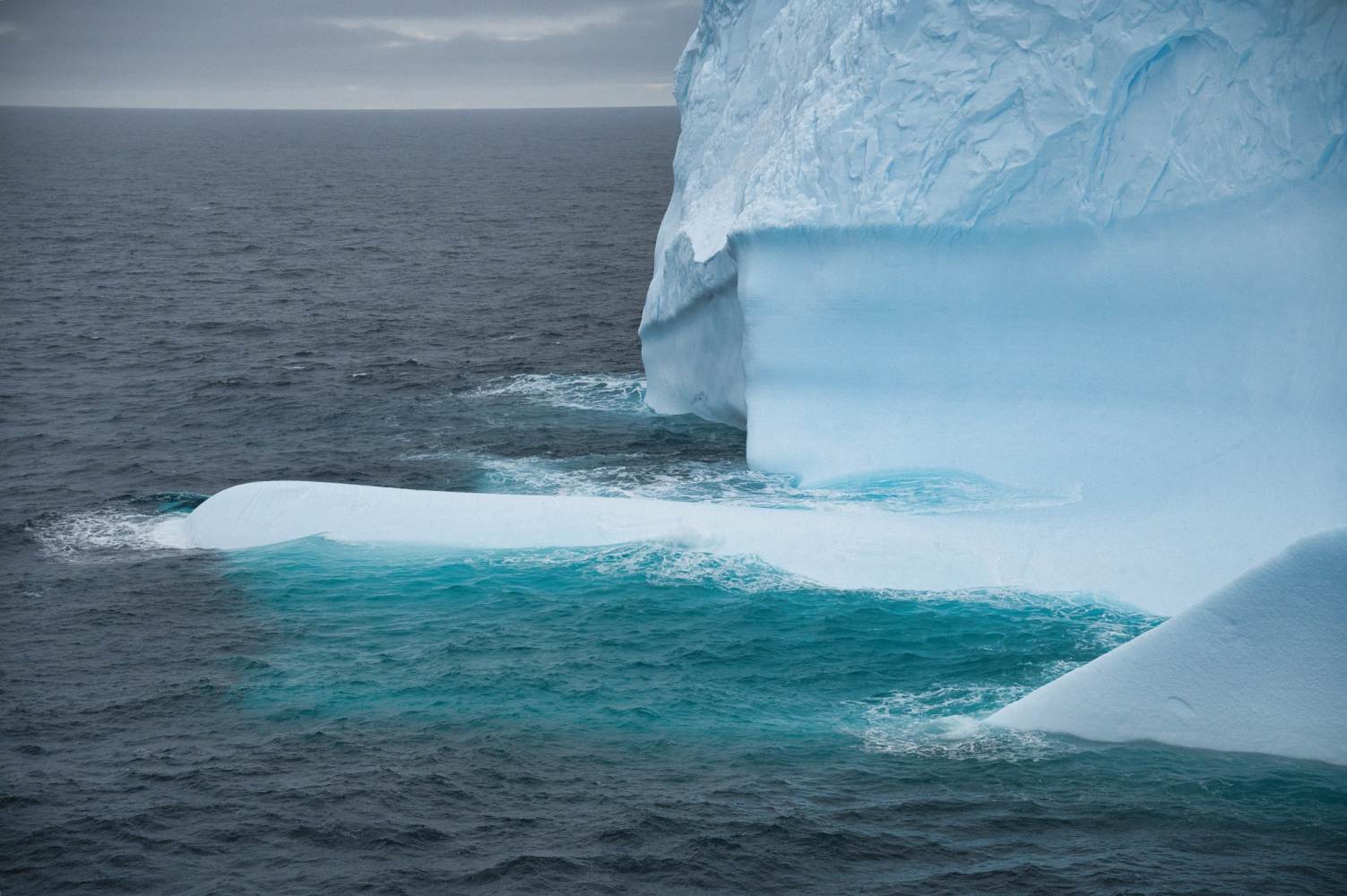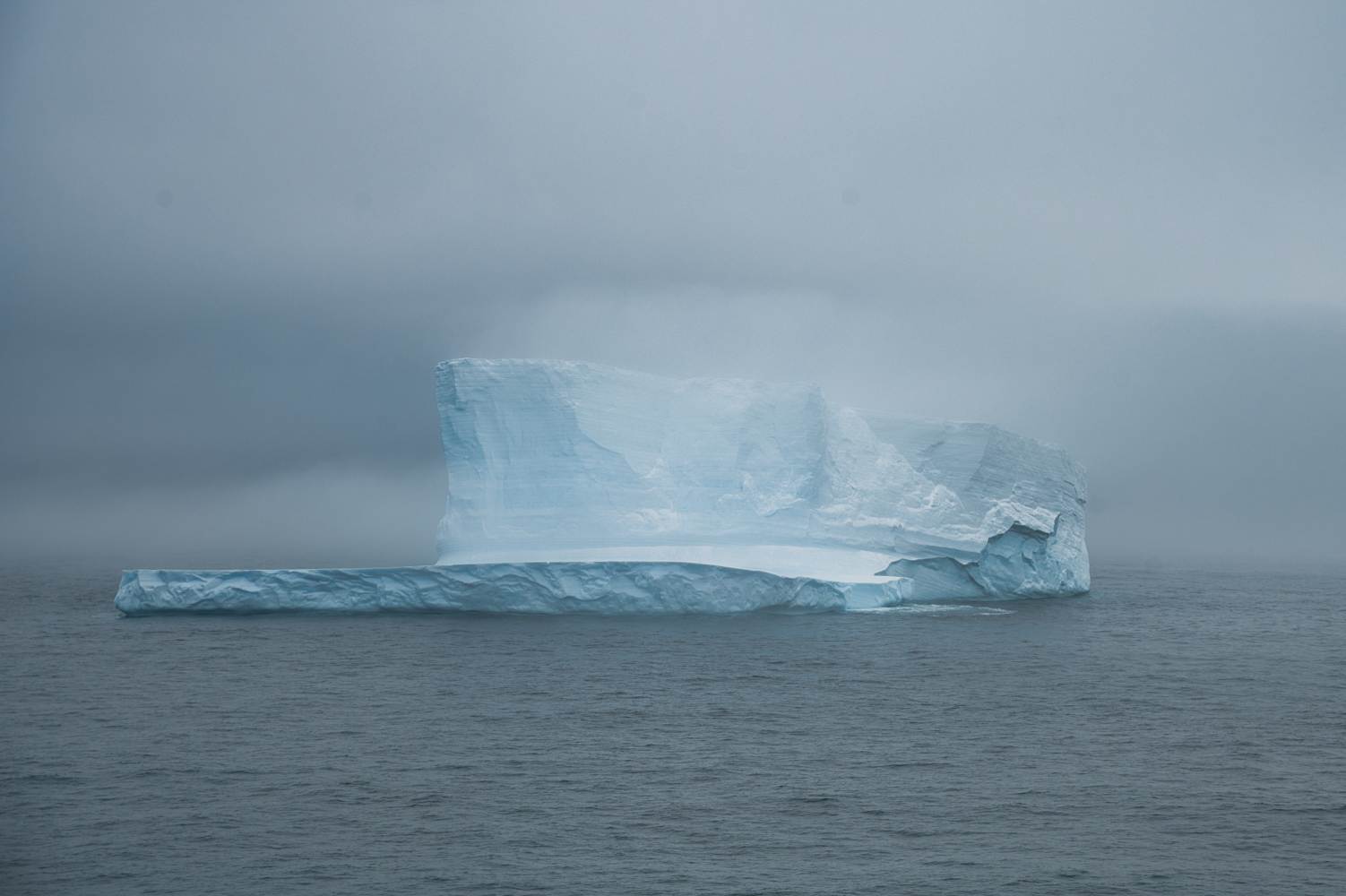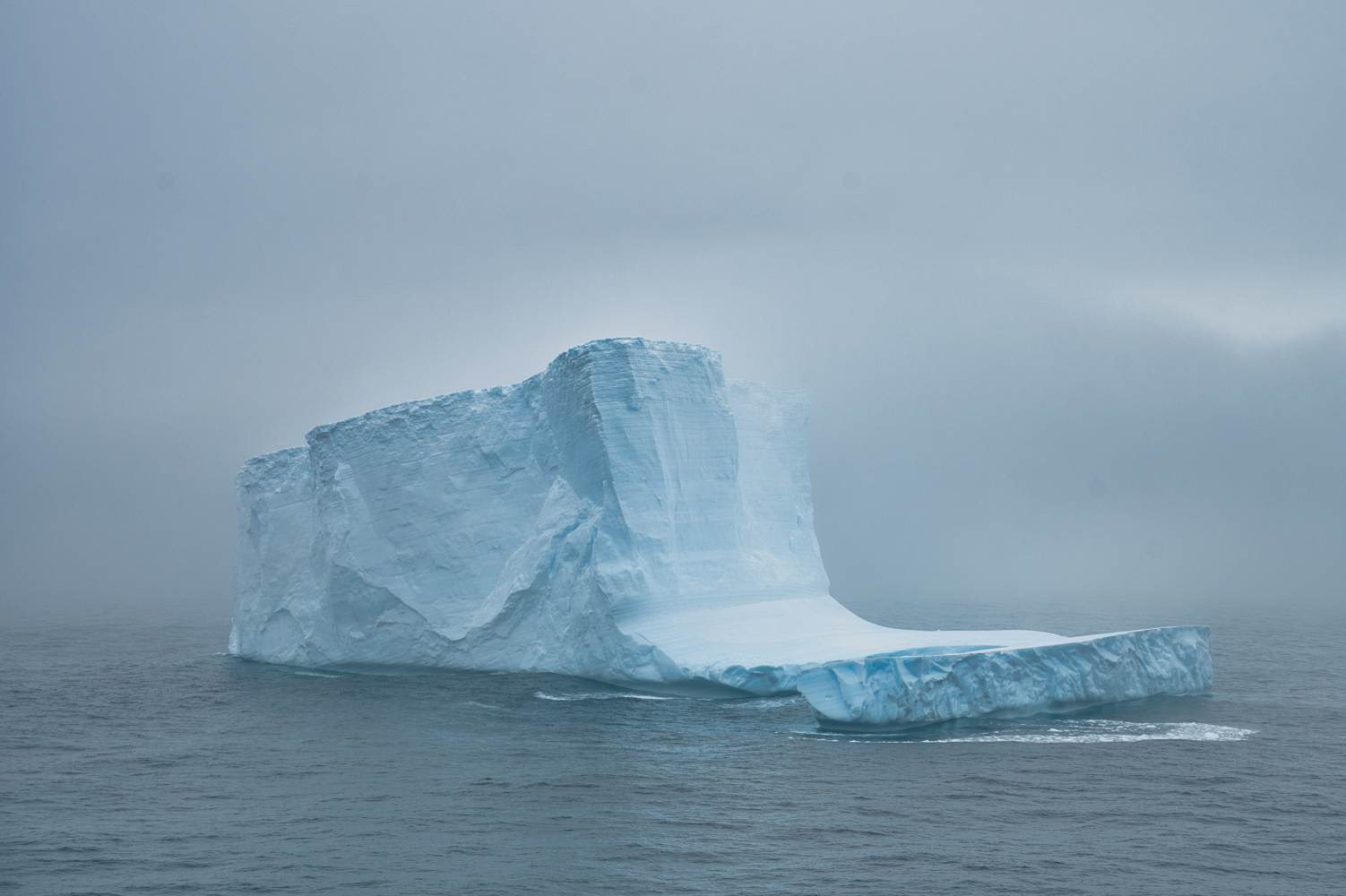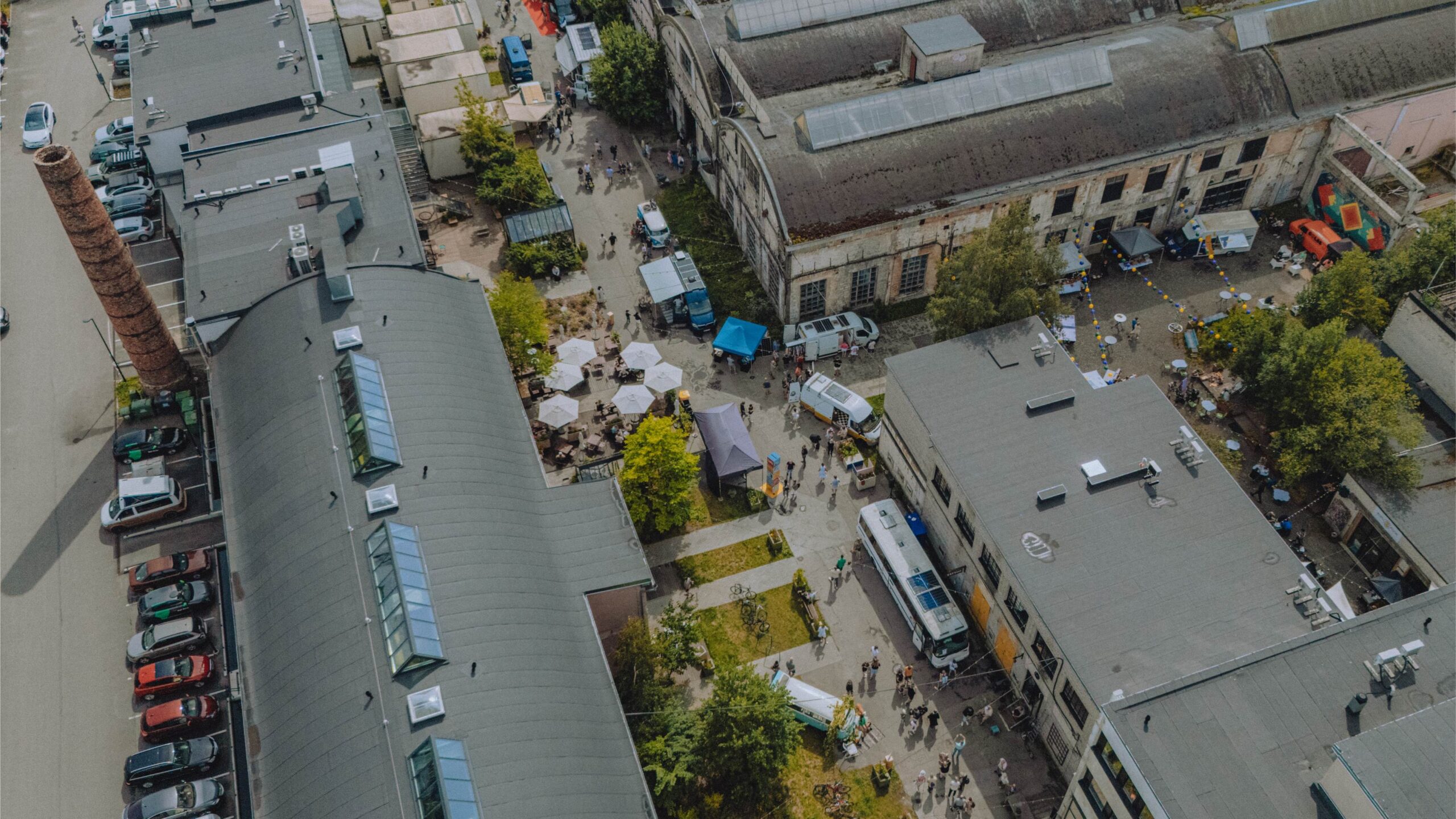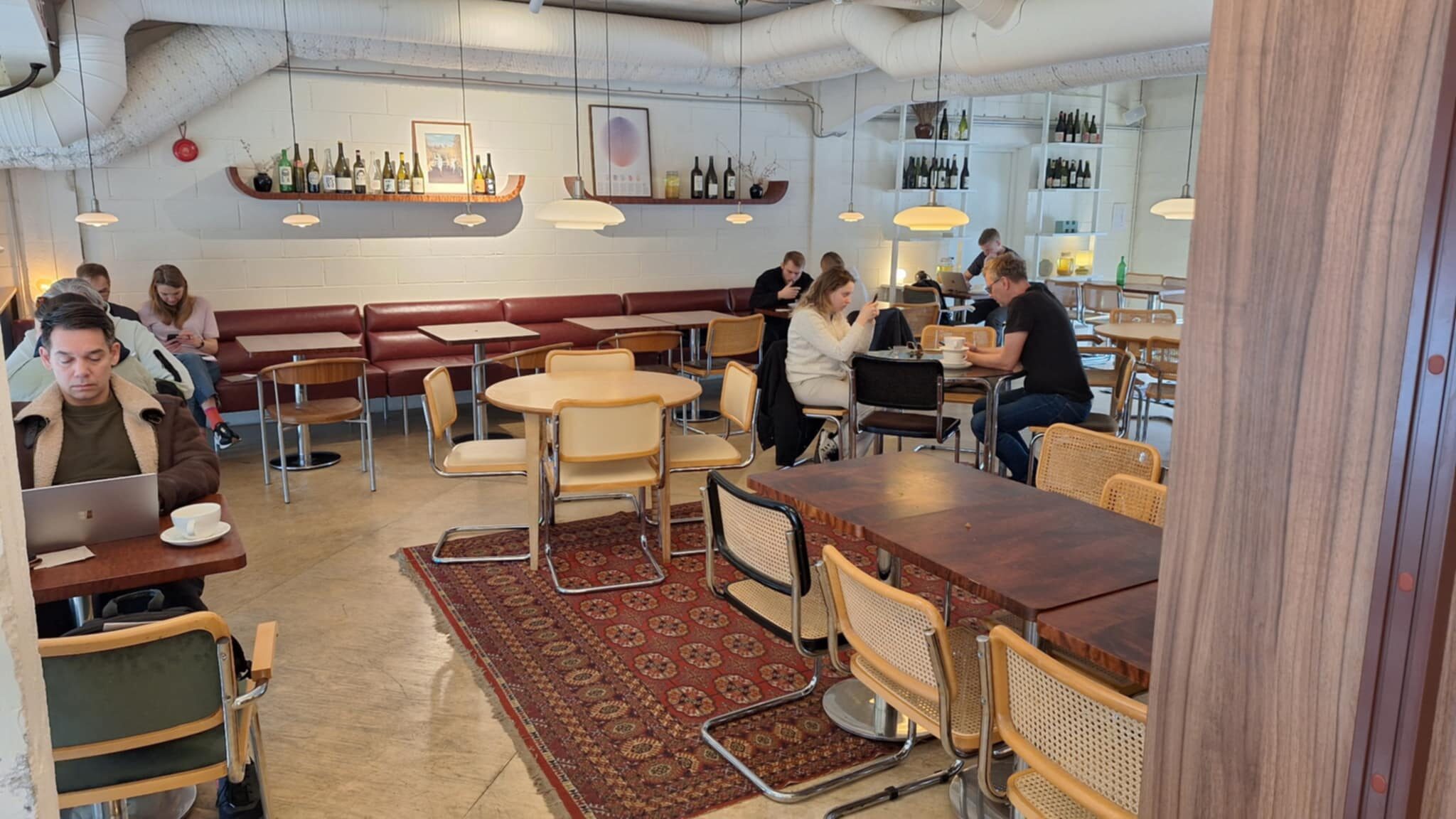Both are islands! One is quite a bit bigger than the other, of course.
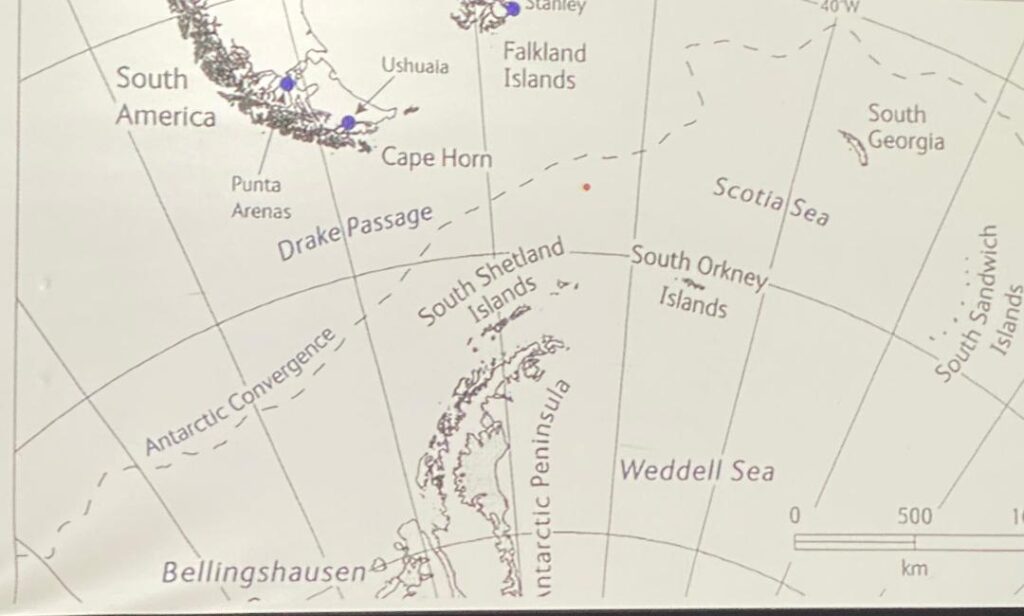
If Antarctica and Australia are considered as islands, as both are also continents, Antarctica would rank first in size, Saaremaa in 39th place. One is also quite a big colder on average and is home to ninety percent of the world’s ice! In the ice rankings, Greenland is second with nine percent of the globe’s ice.
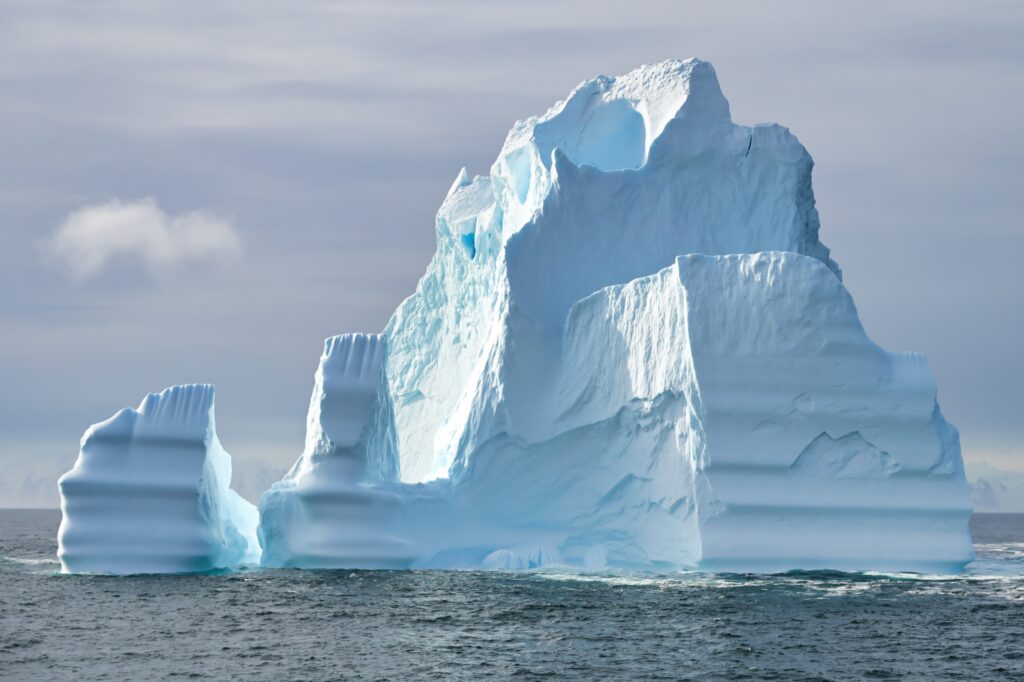
During my recent cruise to the Antarctic, the cruise ship’s enrichment lecturer Joe O’Farrell pleasantly startled me one morning when he announced that an Antarctic explorer from Estonia may have been the first to see the Antarctic continent. Fabian Gottlieb von Bellingshausen was born in Lahetaguse, Saaremaa in 1778 to a Baltic German family. By the age of ten he was a cadet in the Imperial Russian Navy. His seamanship and expertise as a cartographer made him the ideal leader of an expedition to circumnavigate Antarctica in 1819.
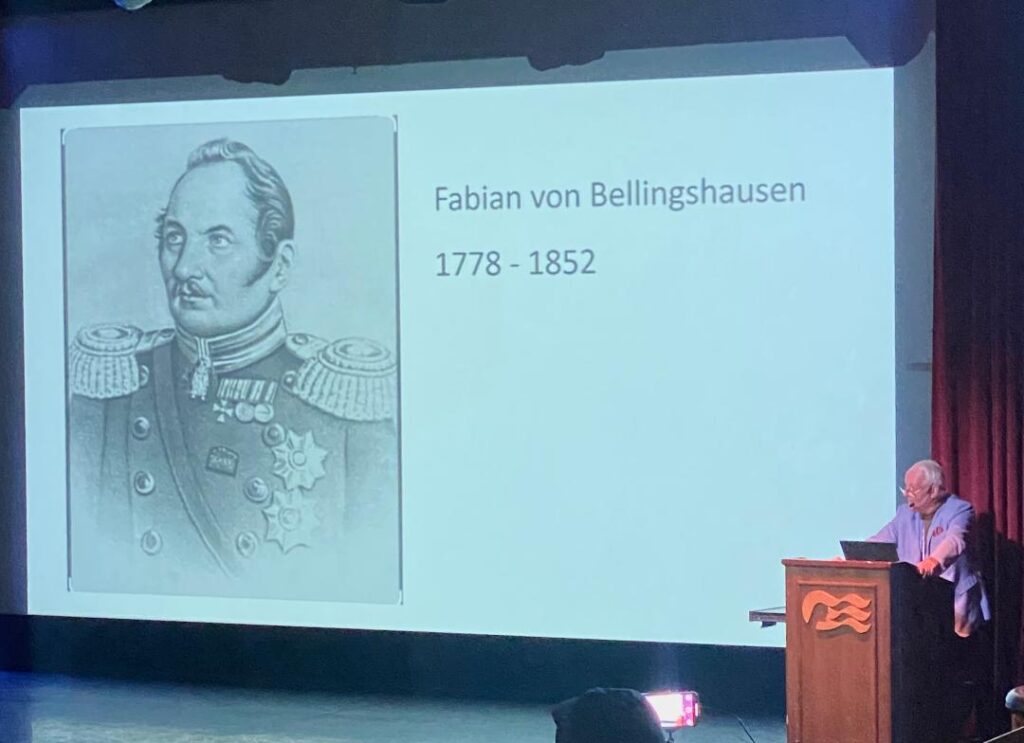
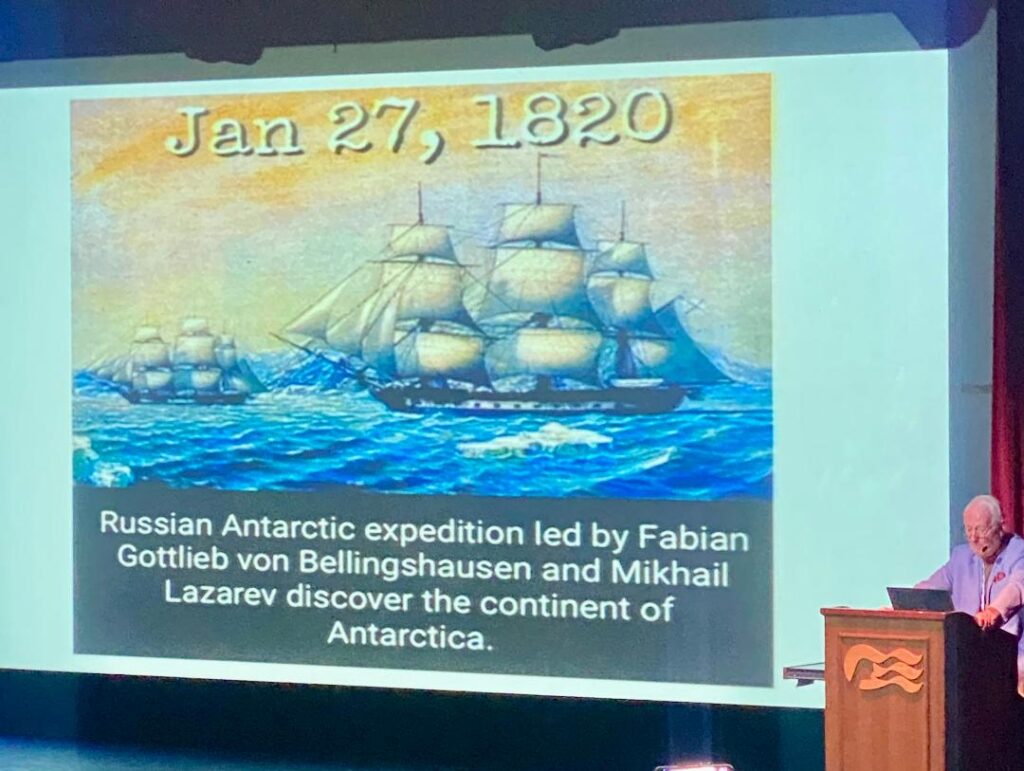
Naval logbooks record that on January 27th, 1820, his ship, the Vostok, made the first sighting of land within the Antarctic Circle. O’Farrell’s own research demonstrated that von Bellingshausen’s first officer actually made the entries but as was the tradition of the day, the captain gained the recognition. Antarctic exploration historians maintain that Edward Bransfield of the Royal Navy may also be a contender as the first to see the continent, with a difference between the two of only two days. Fortunately, both have been recognized with numerous geographic landmarks, such as the Bellingshausen Sea. The British have also recognized von Bellinghausen with a commemorative stamp.
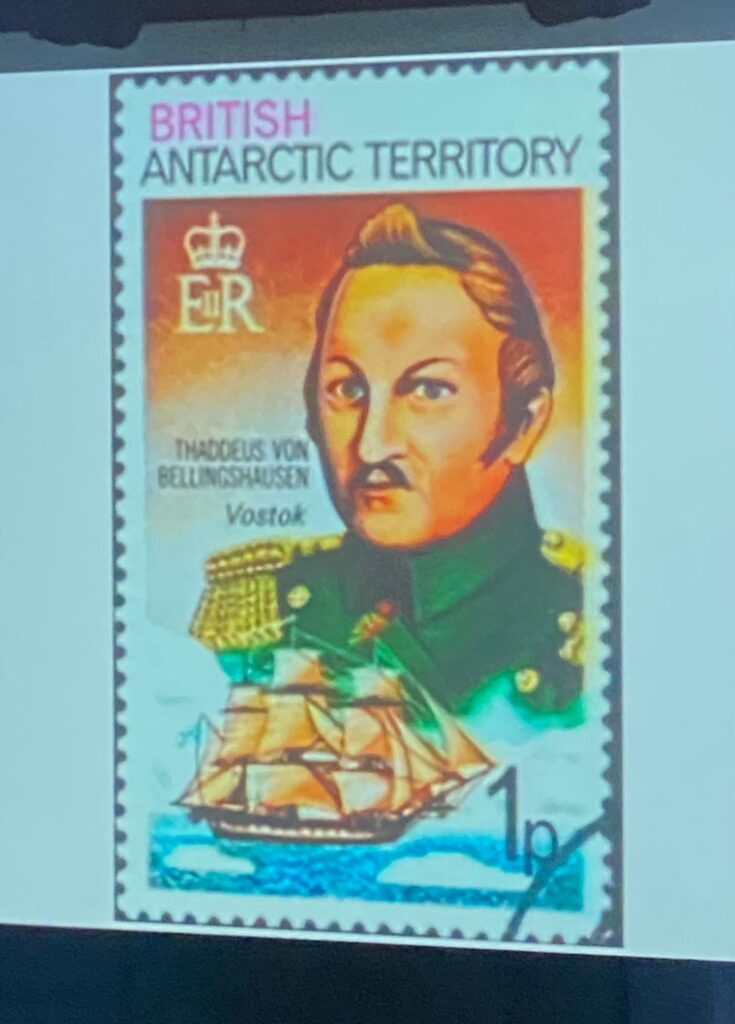
As the son of a Saaremaa mother, I was so pleased to travel the same waters on January 27th, 2025, just 205 years after the spectacular exploits of another son of Saaremaa.
With regard to icebergs, they are the most amazing structures seen during an Antarctic cruise. They are formed when massive chunks of ice break off from glaciers in a process called “calving.”
Glaciers themselves are formed from falling snow that is immensely compacted over time. Thus, icebergs are composed of fresh water but they float in salt water. As is well known, about ninety percent of the iceberg is below the water line. Icebergs come in various sizes. The world's largest iceberg, named A23a, calved in 1986 and is twice the size of the city of London, England. It is currently floating in the South Atlantic and is of immense interest to climate scientists as well as biologists.
Smaller icebergs are called “growlers” and “bergy bits.” The blue colour of the iceberg is caused by the fact that ice absorbs the red wavelength much better than the blue. The photos I captured were taken with both a 24-120 mm lens as well as a 150-600mm telephoto lens. I was very fortunate to capture the aftermath of an iceberg calving a portion of itself into the sea, an event that was accompanied by a thunderous roar. A small number of icebergs may be home to a colony of penguins. A distinct discolouration of the iceberg with penguin guano is usually easy to spot, though the penguins themselves, even with a telephoto lens, are mere specks on the iceberg. The closest our ship got to an iceberg was about twenty-five meters away, as illustrated in one of the photos I took. Most icebergs are unnamed, but the captain often challenged the onlookers to suggest their own name based on the shape of the iceberg.
Included here are a few of my images of the remarkable Antarctic landscape.
Text and photos by Peeter Põldre
